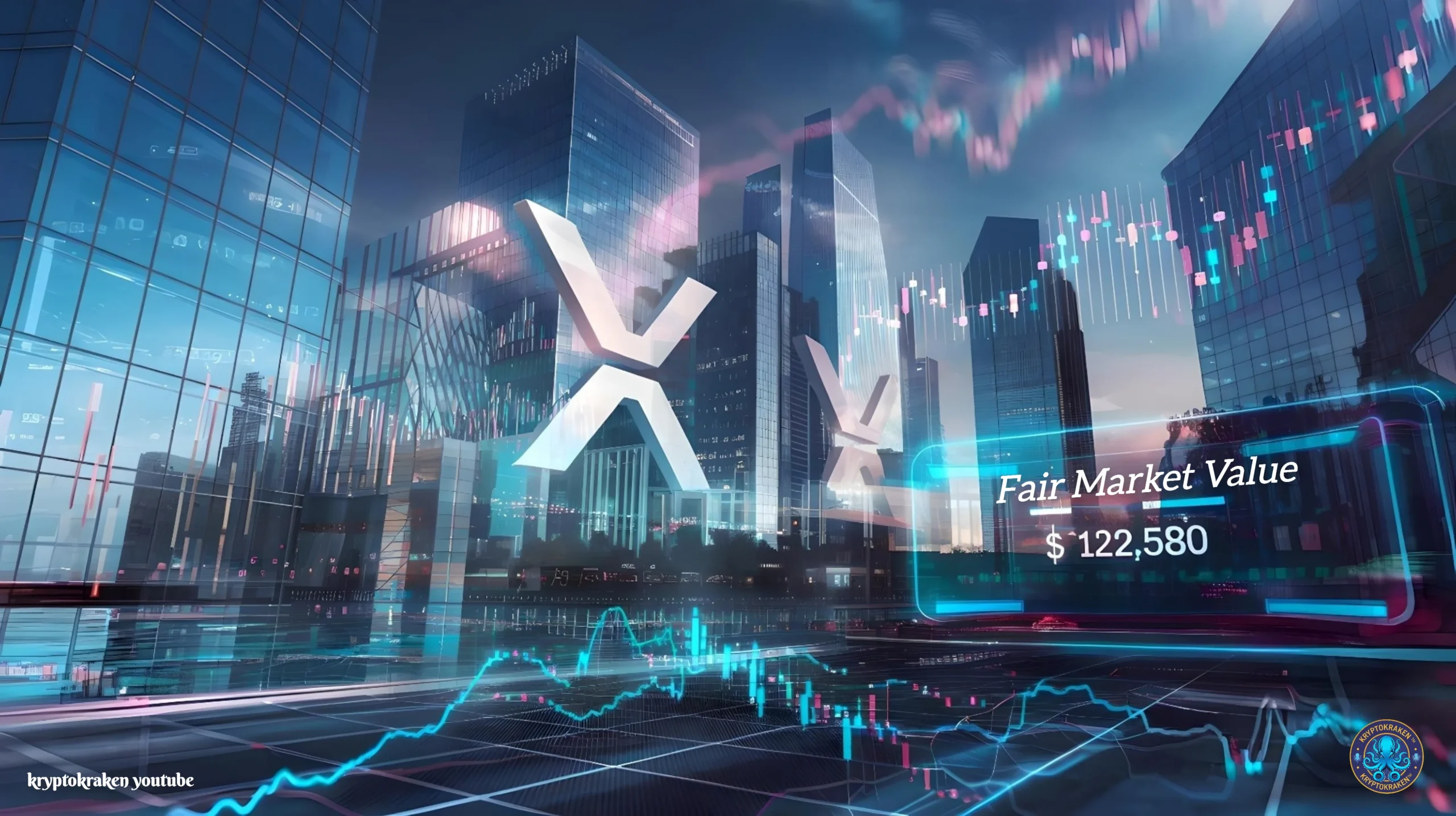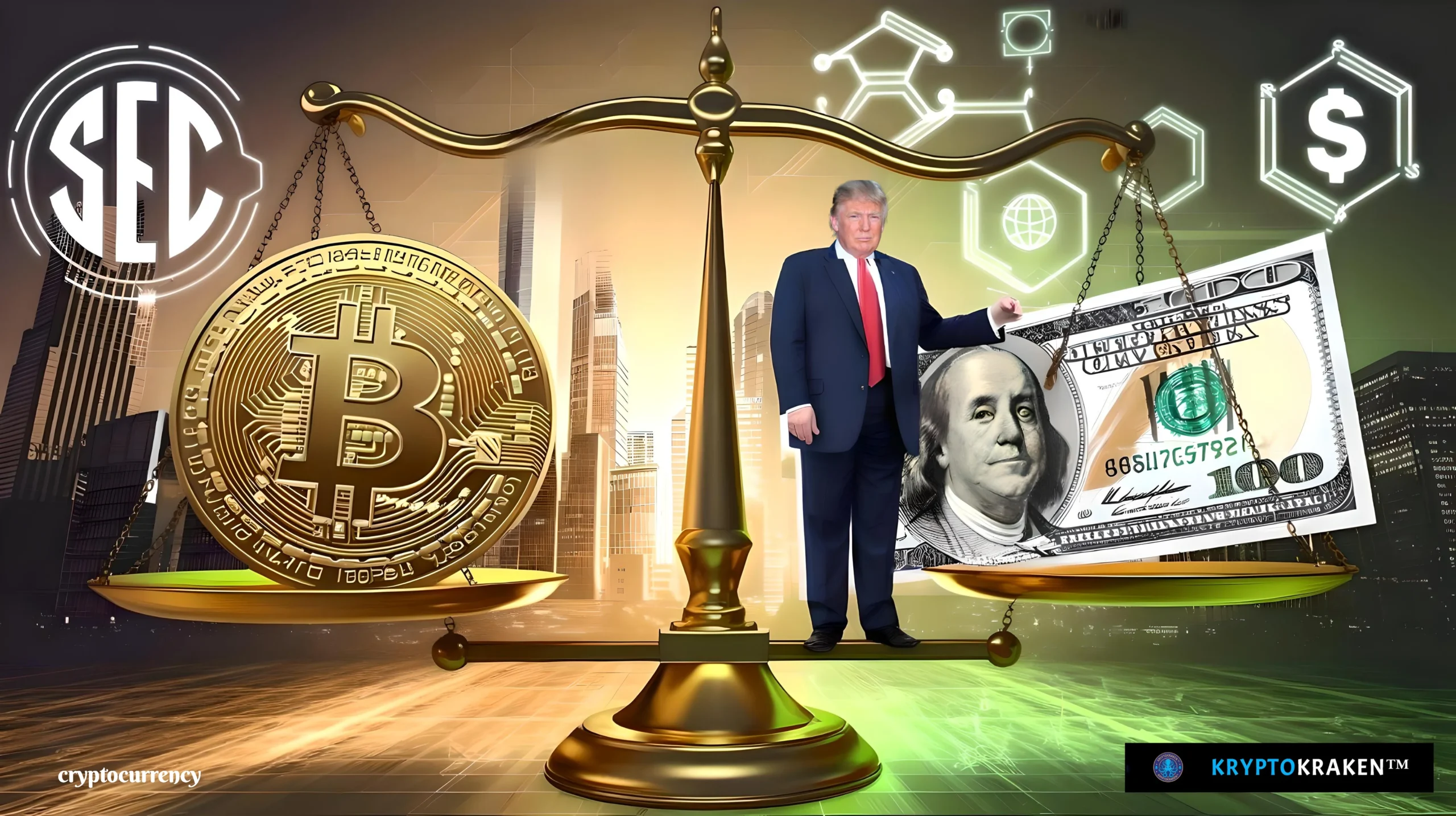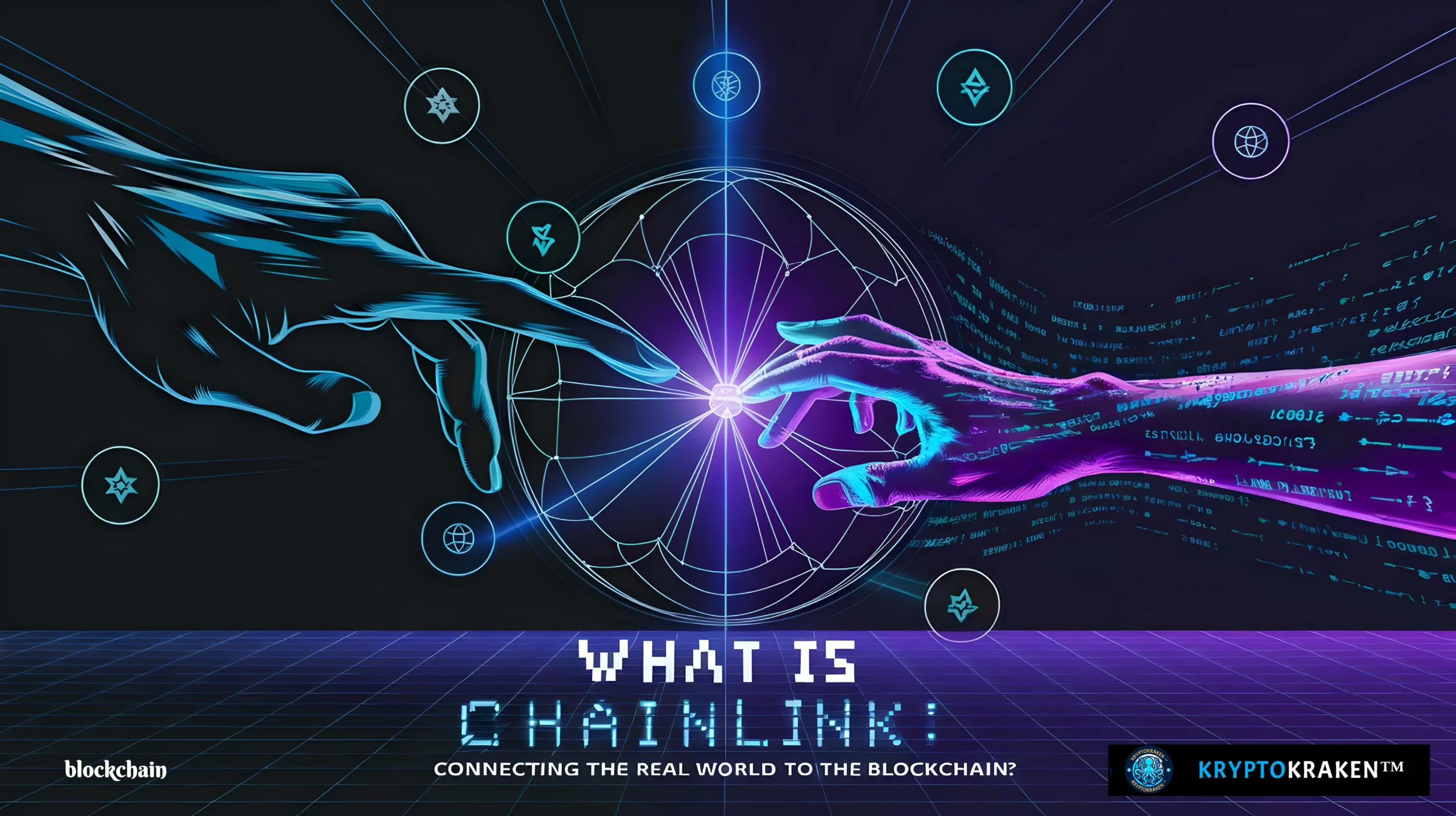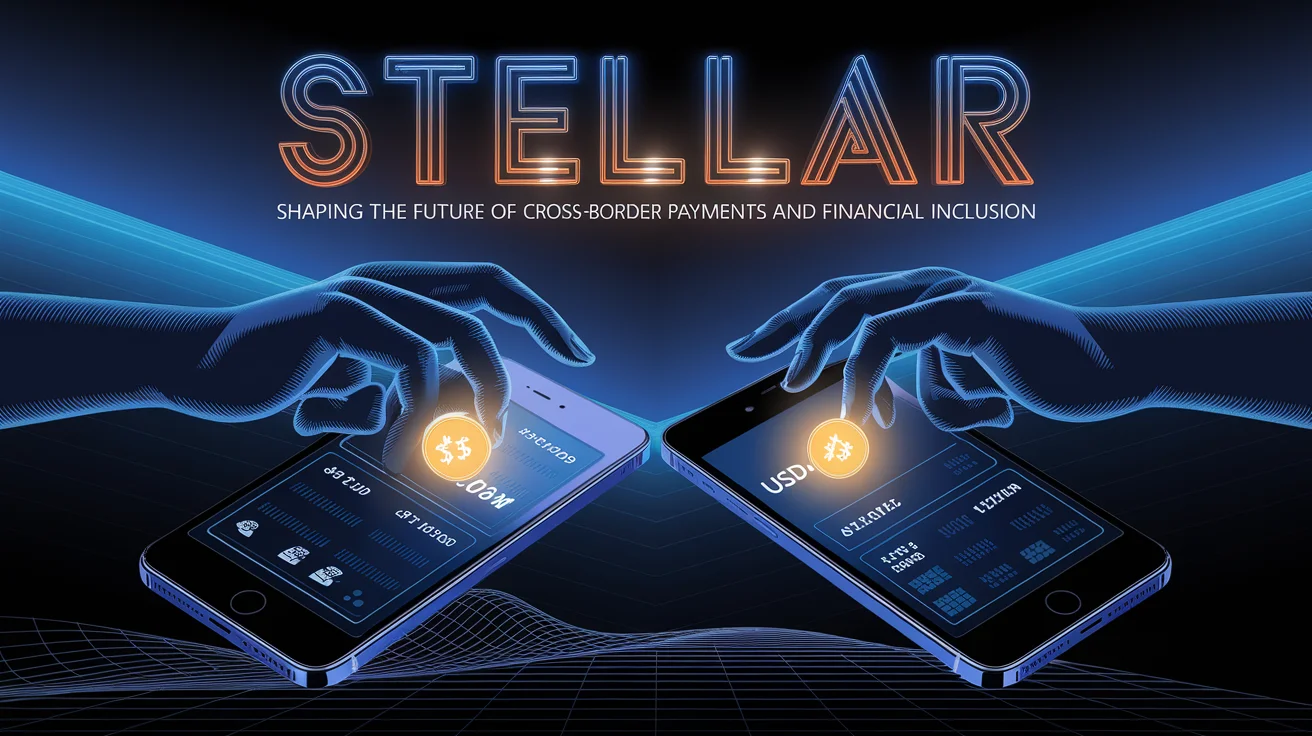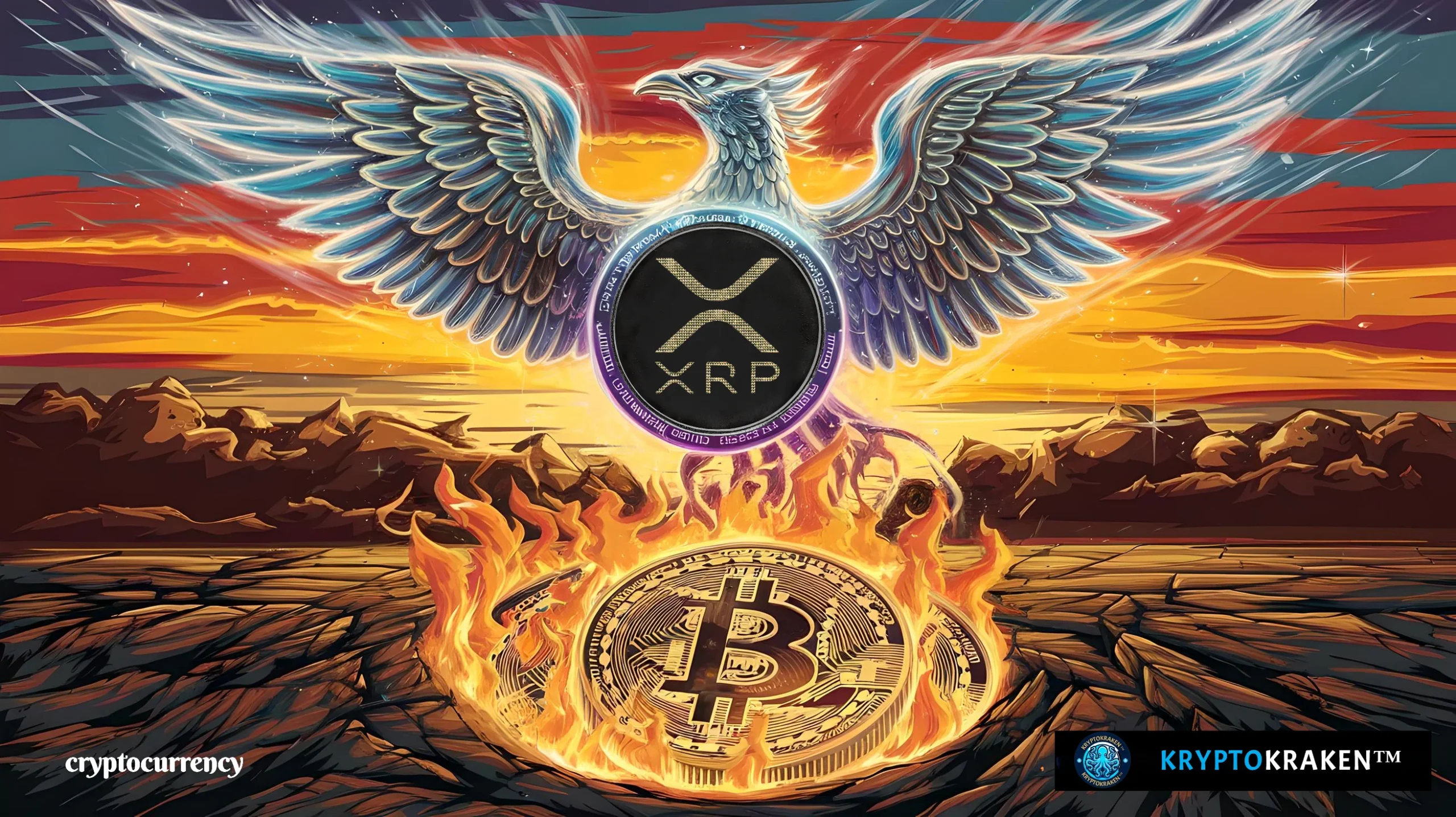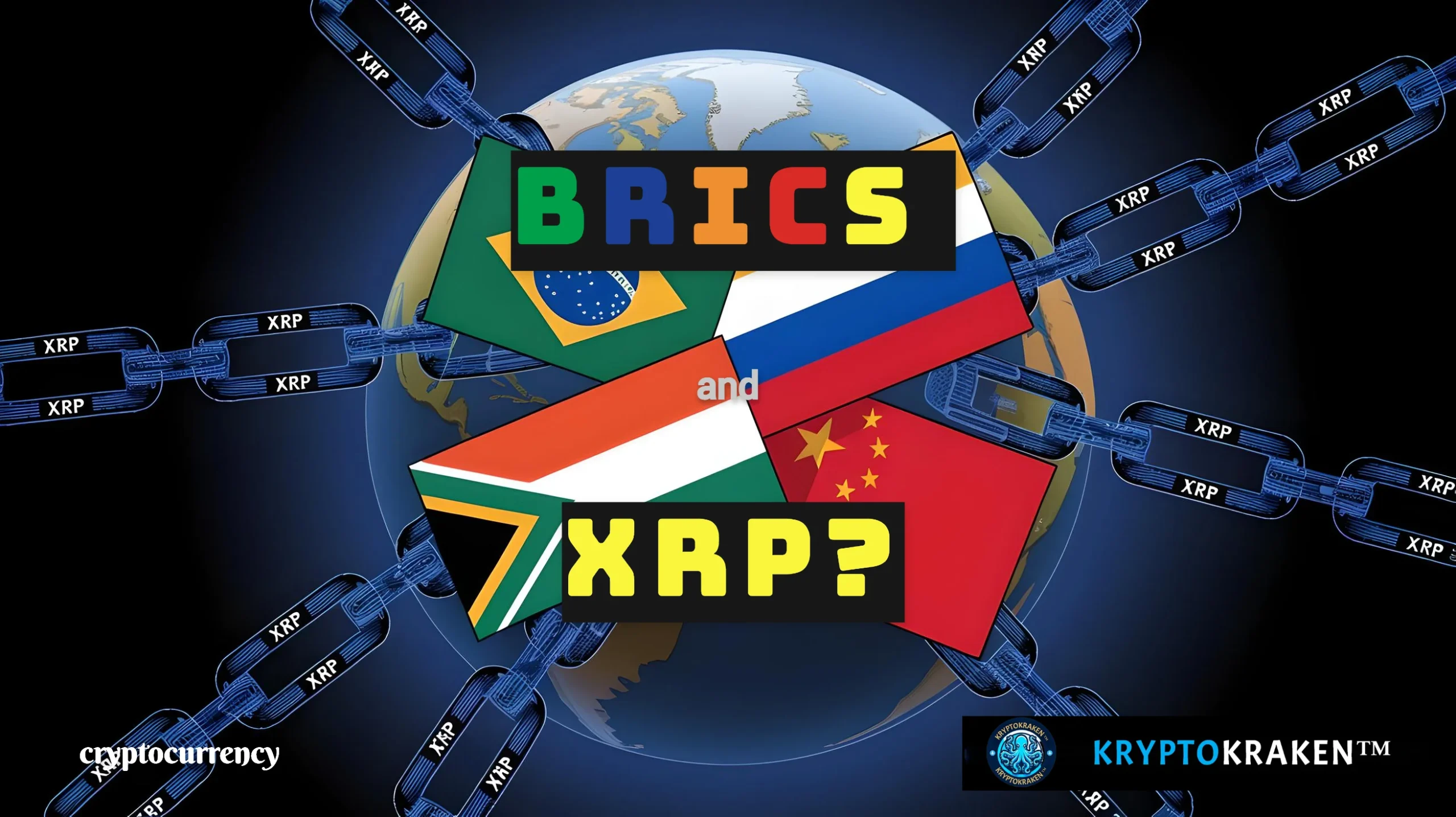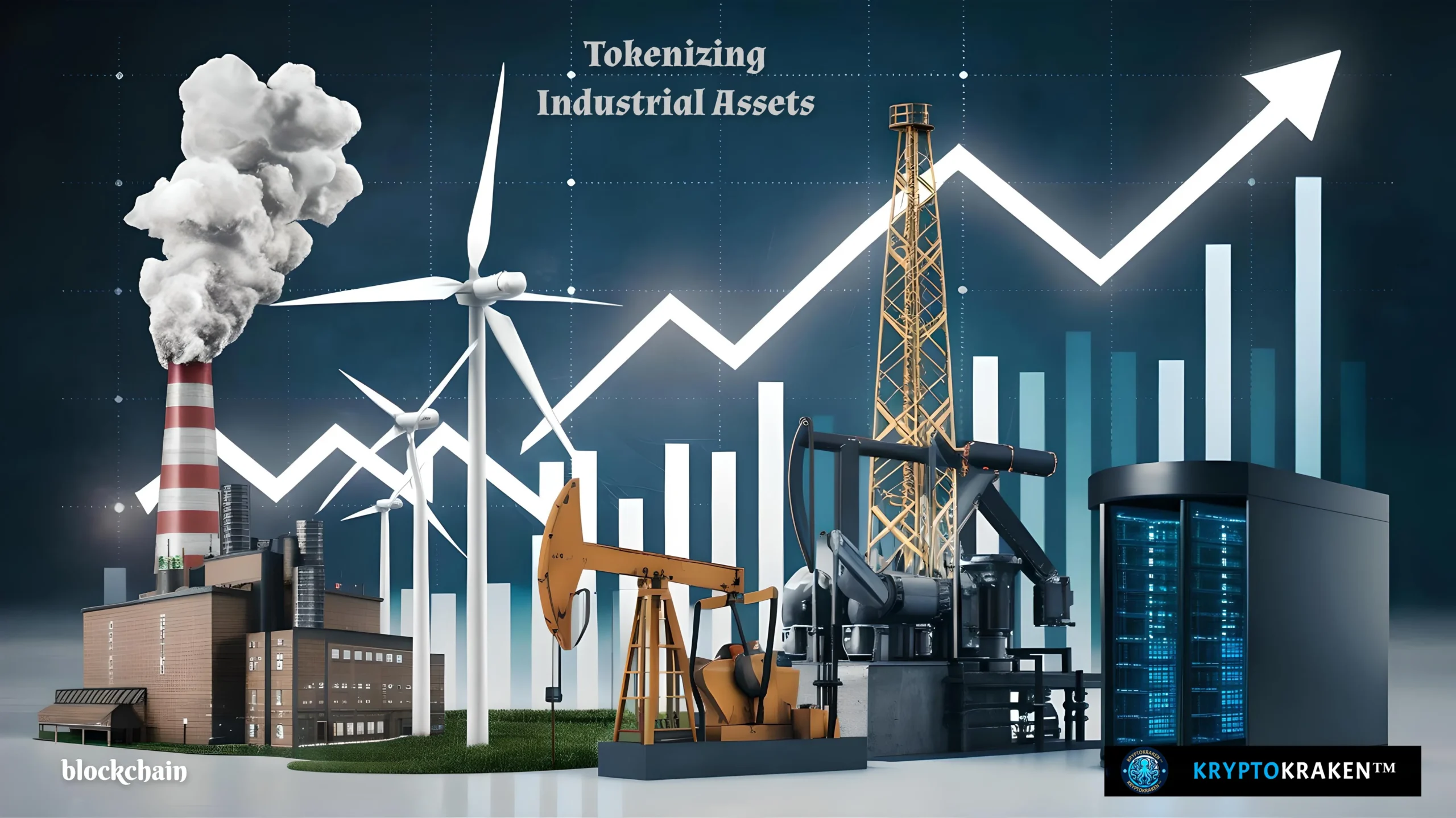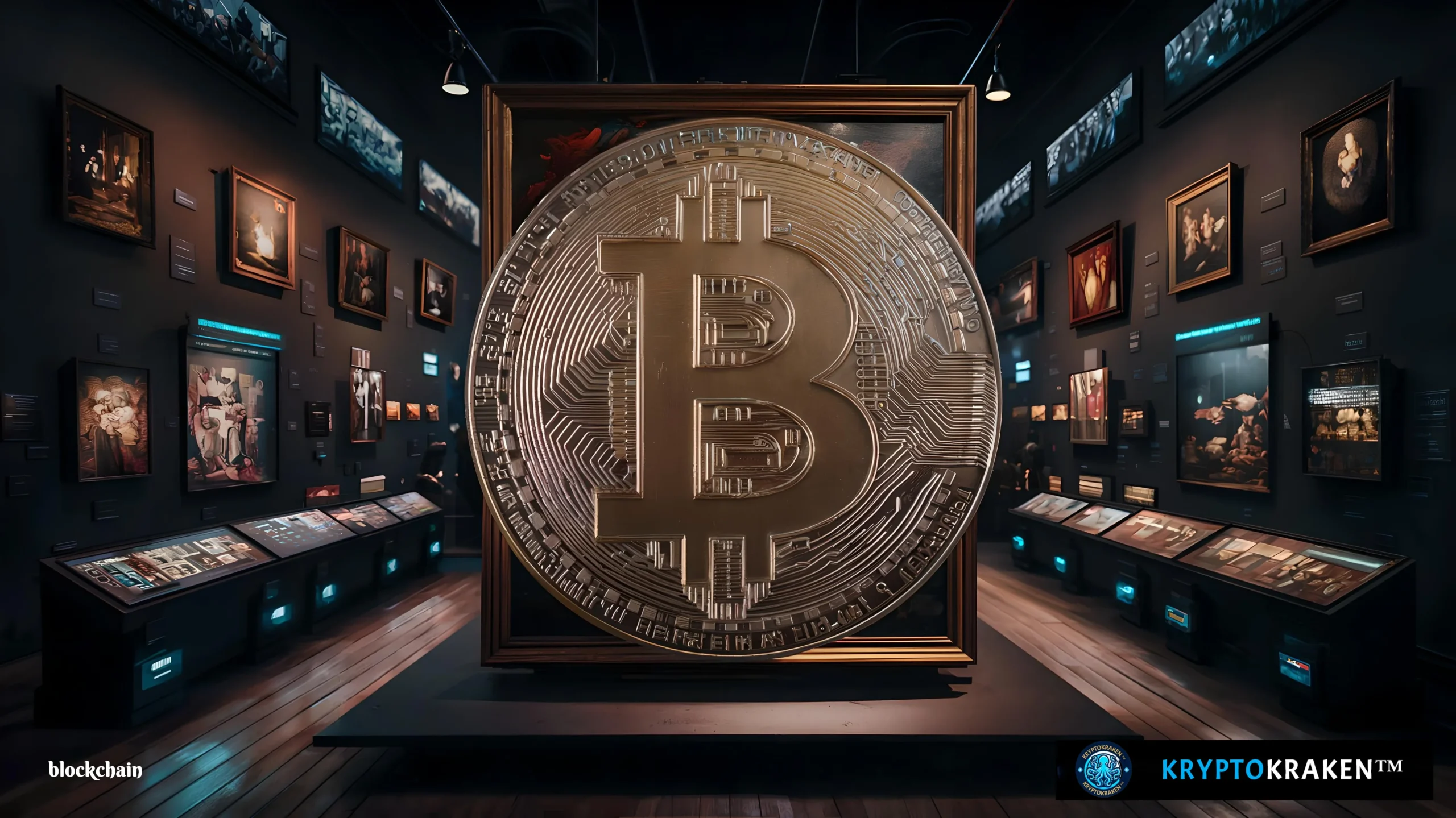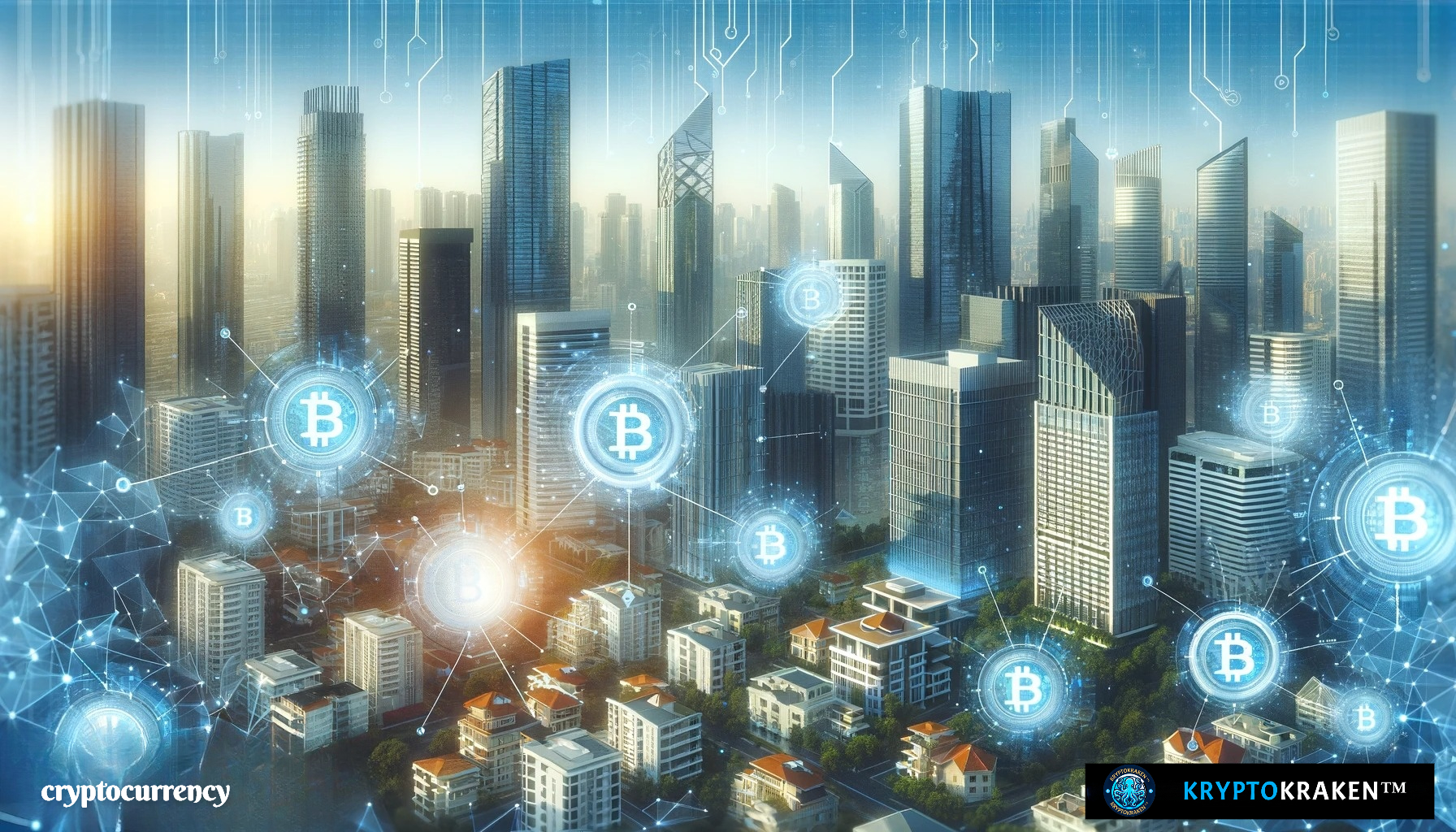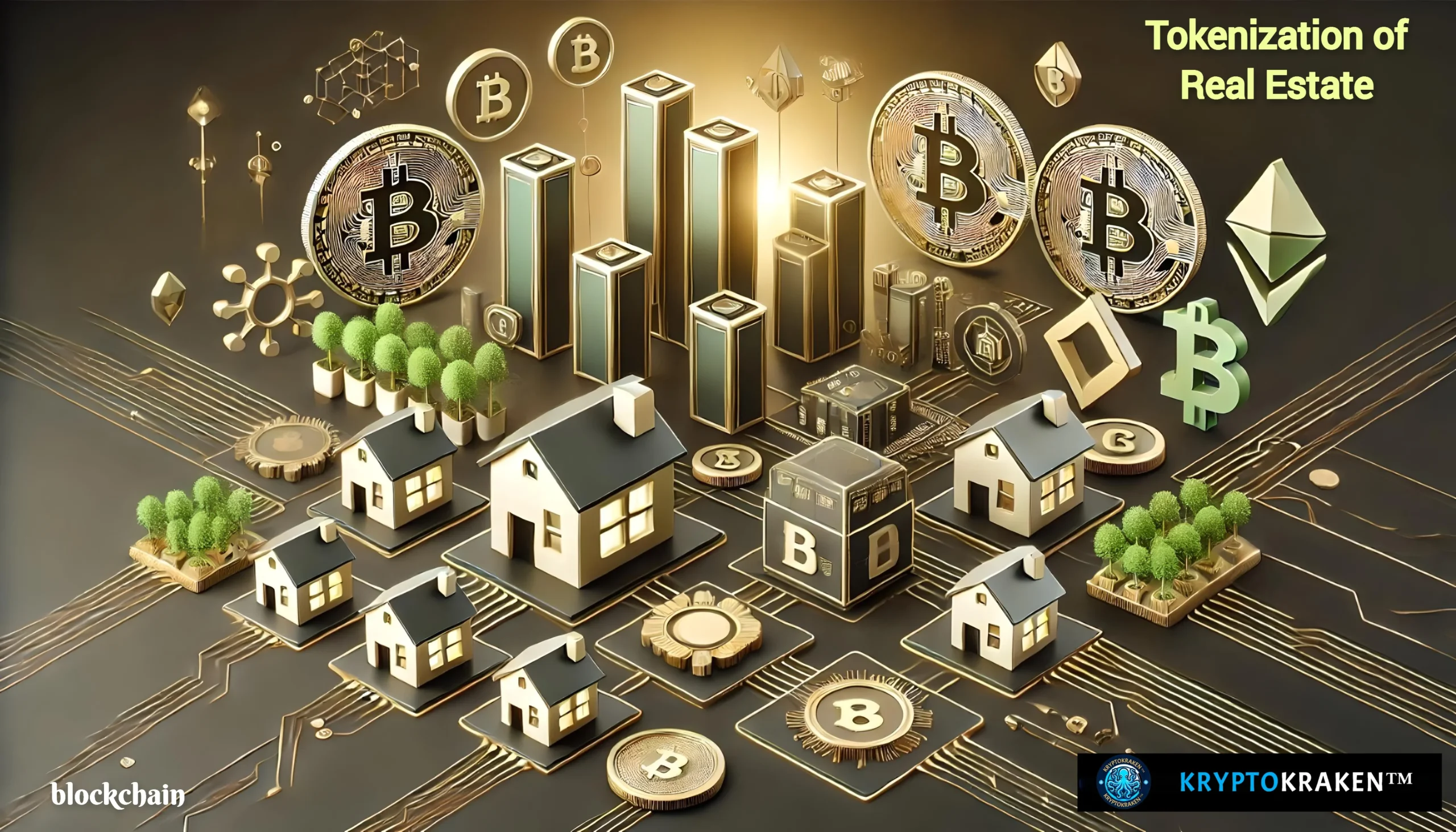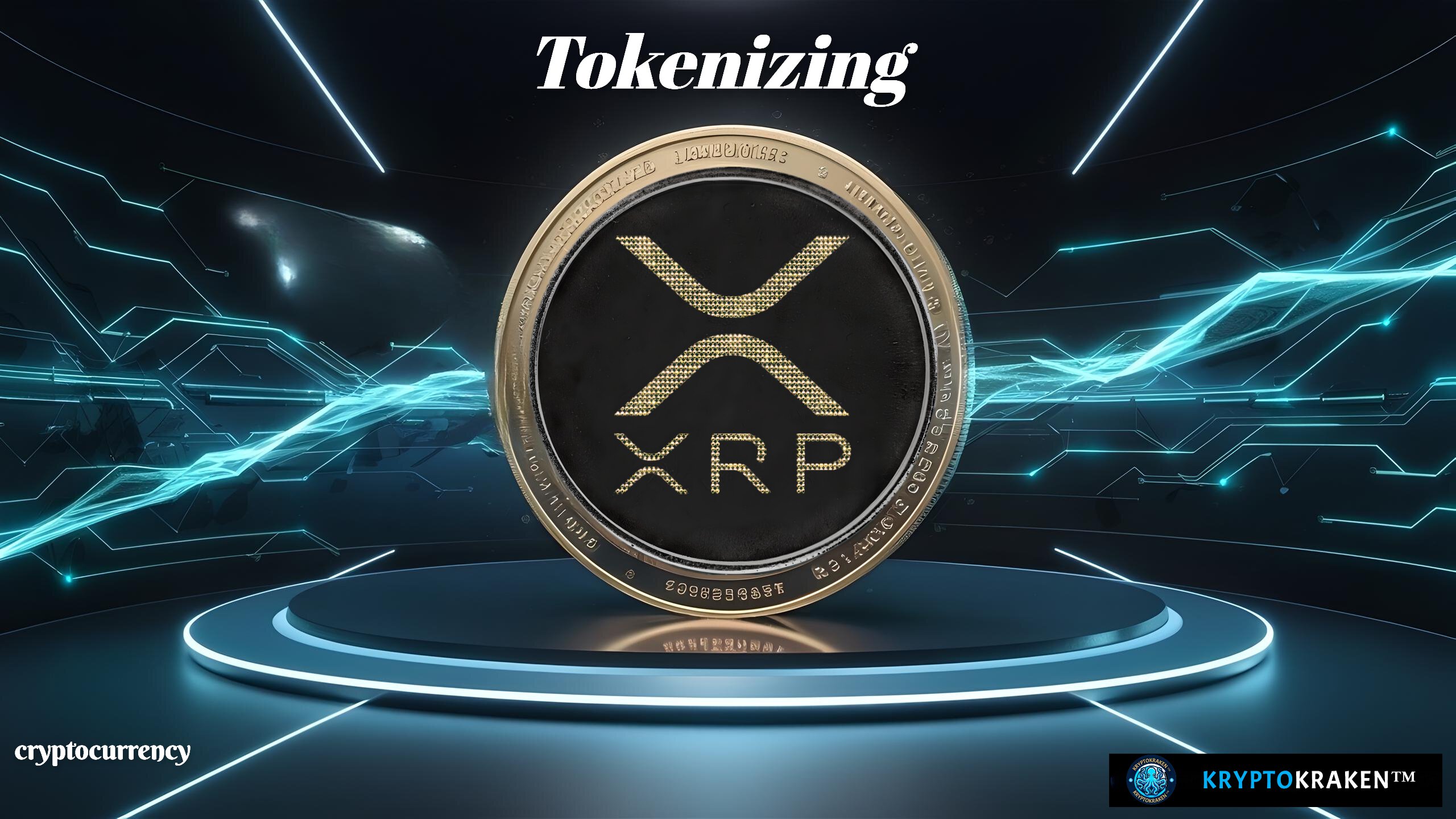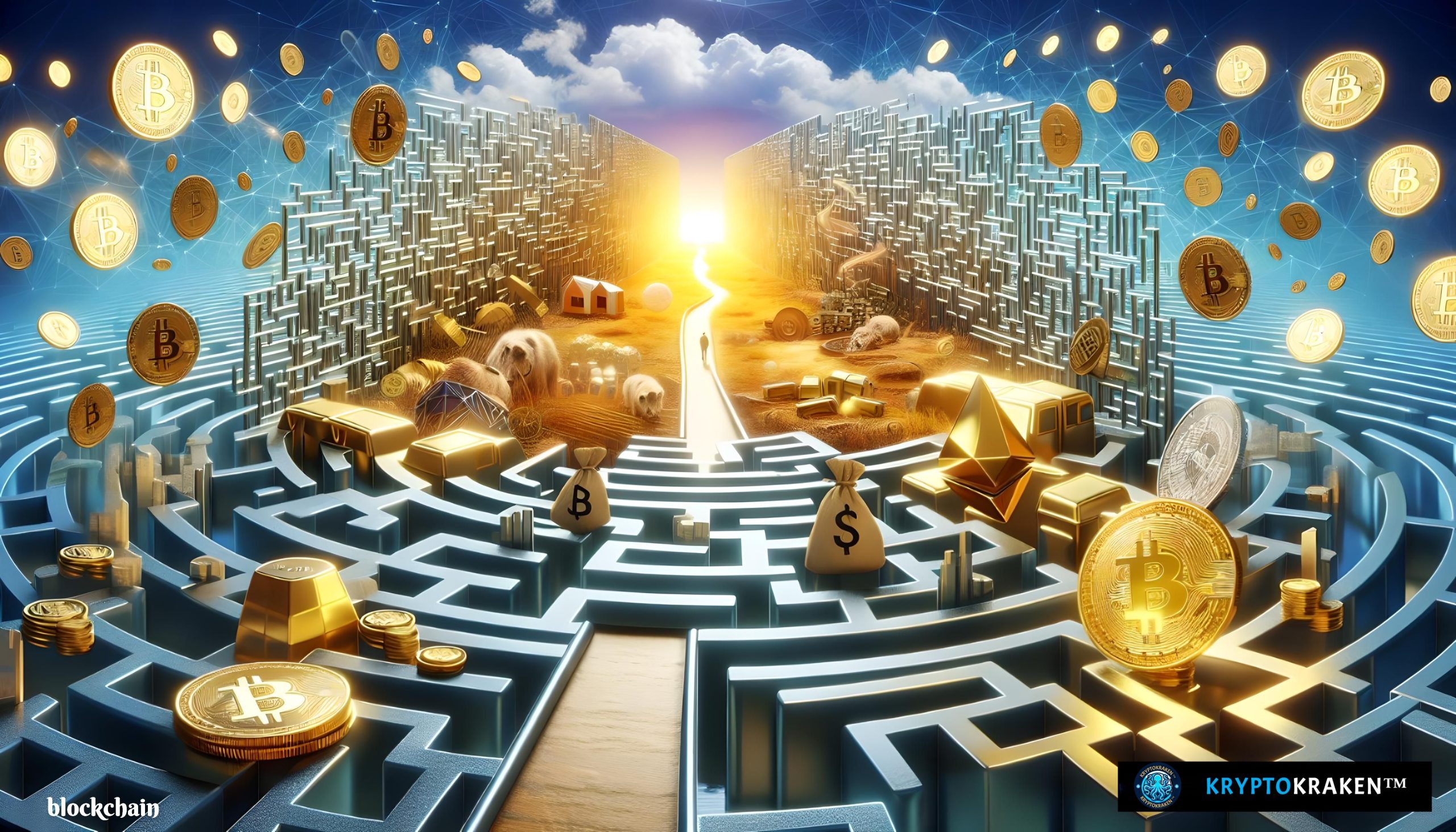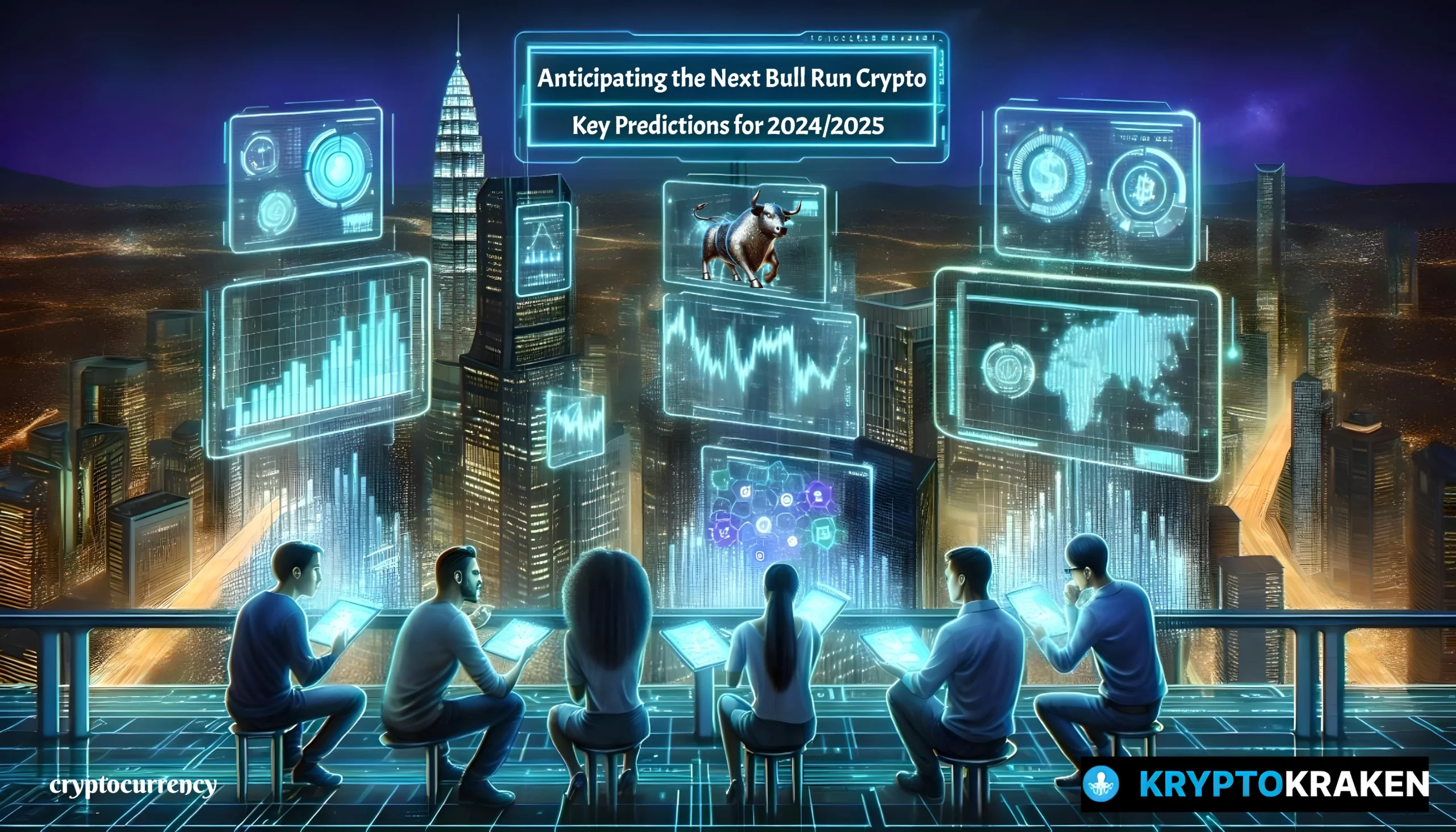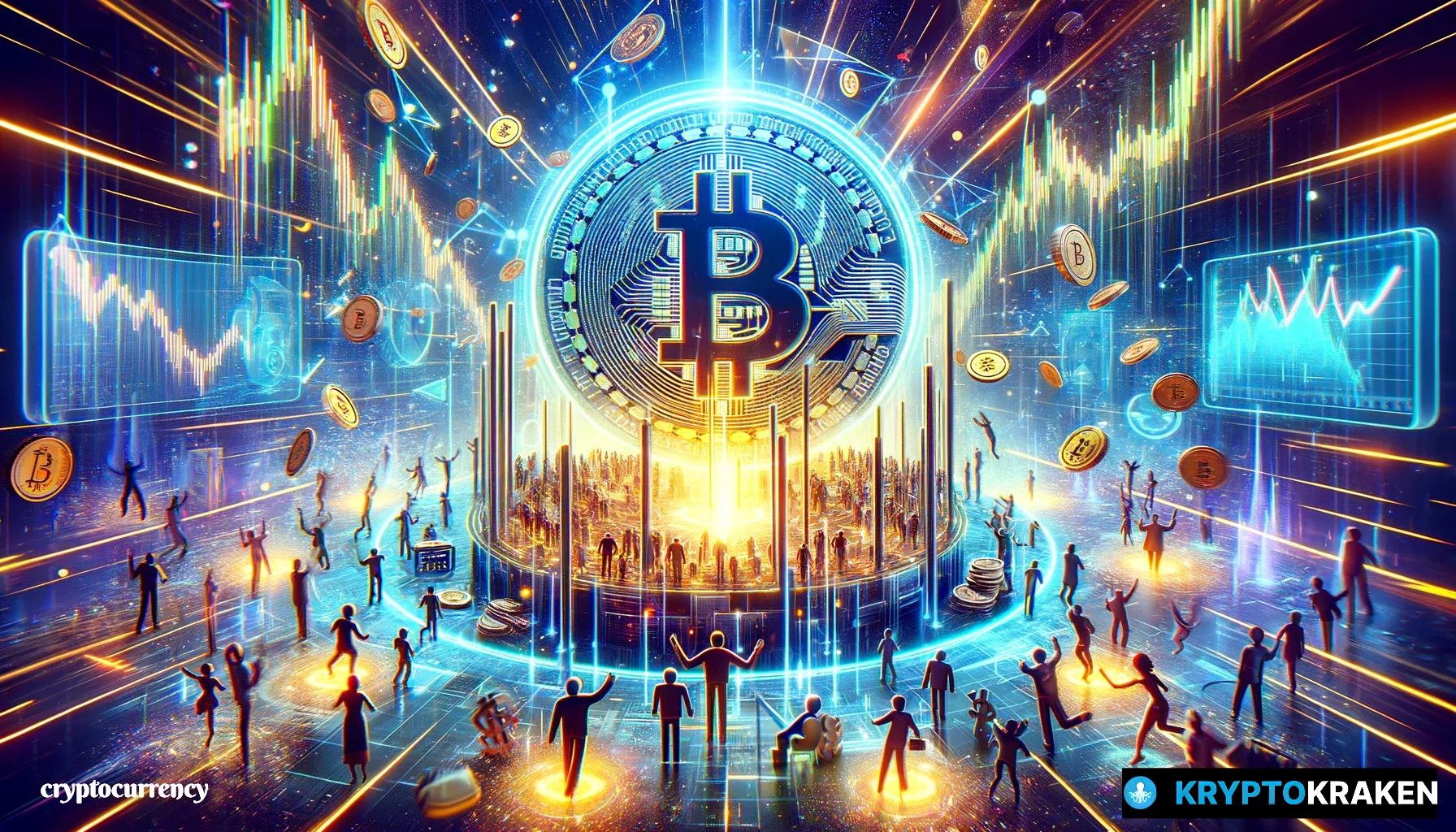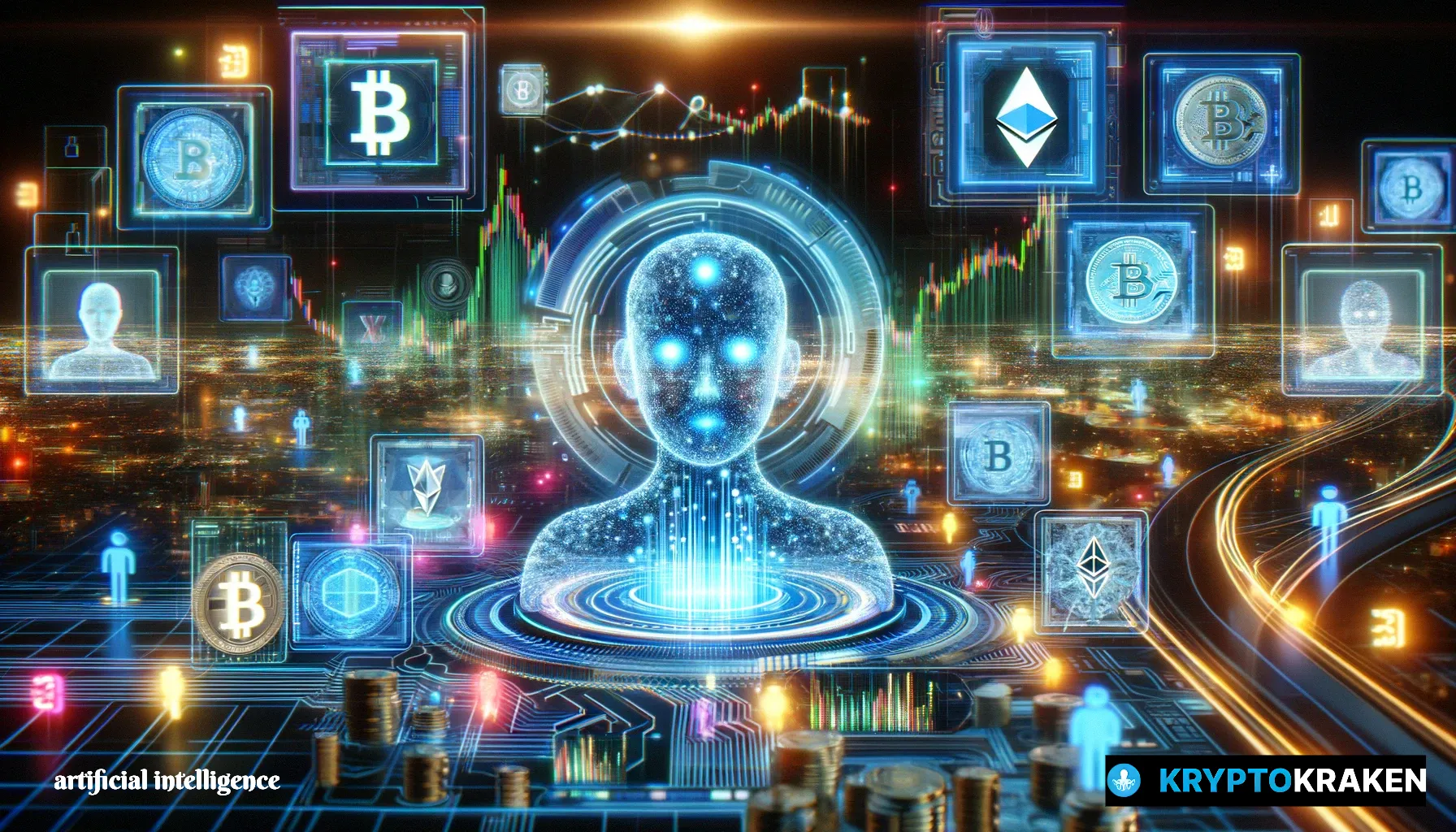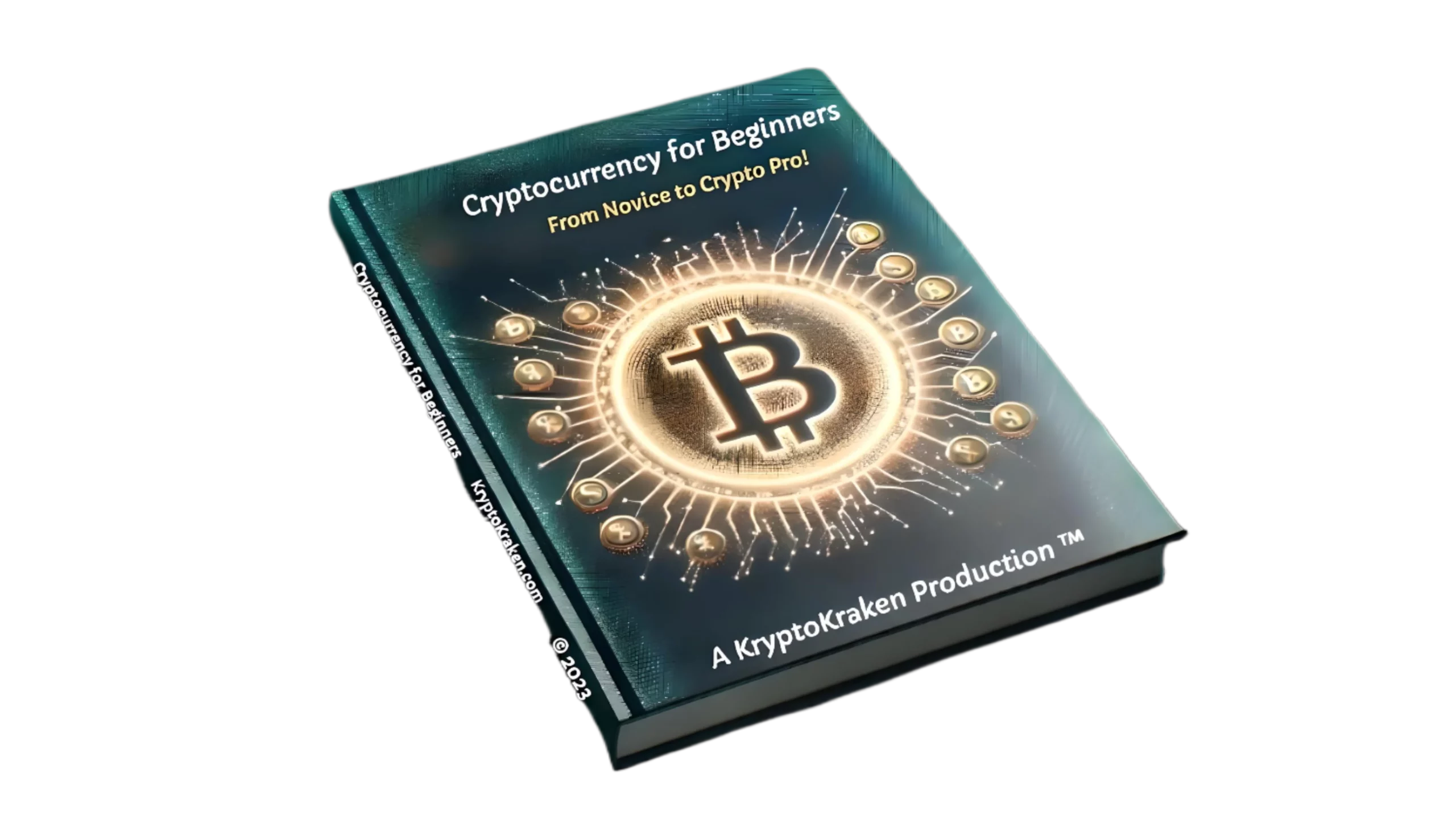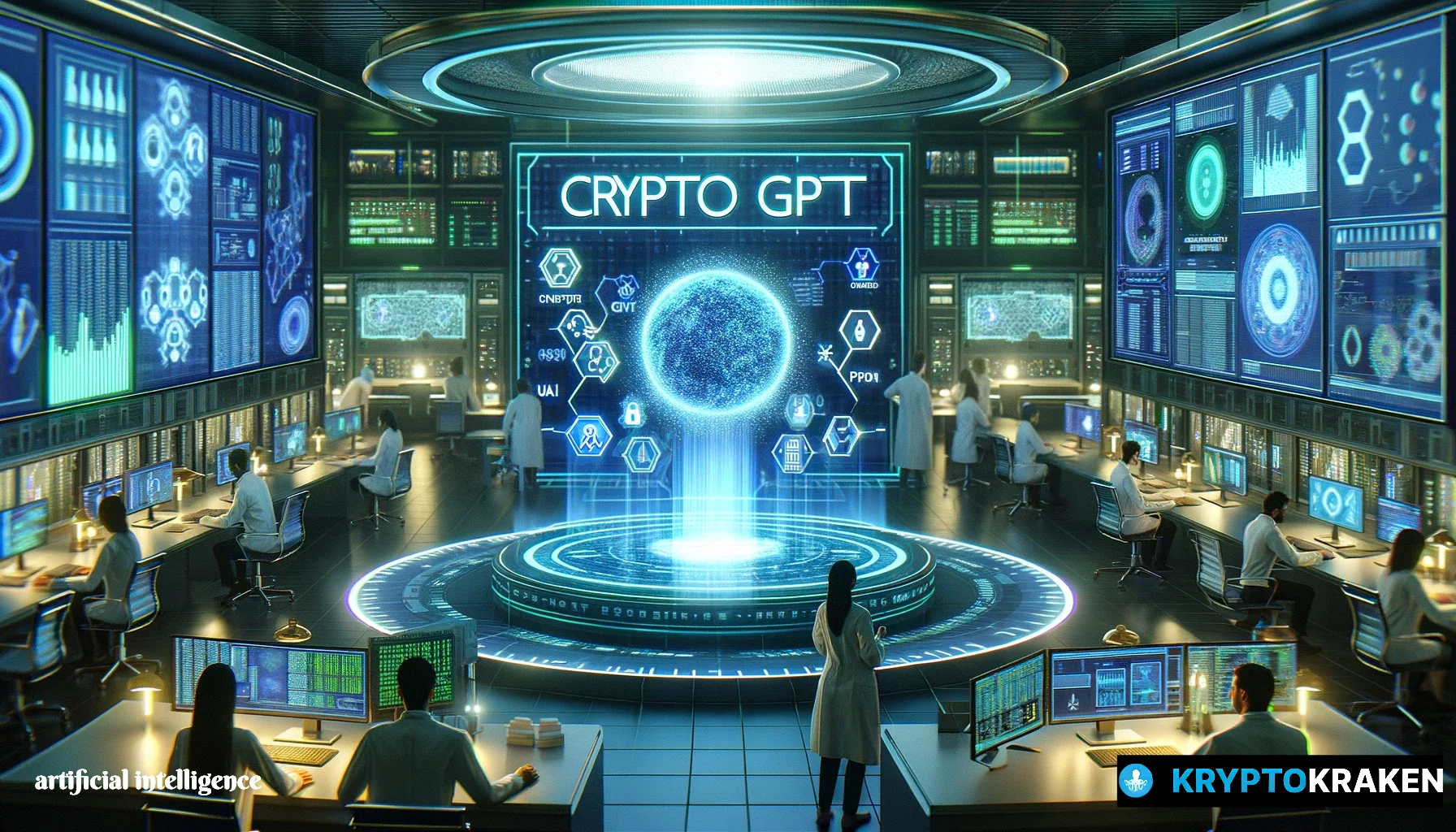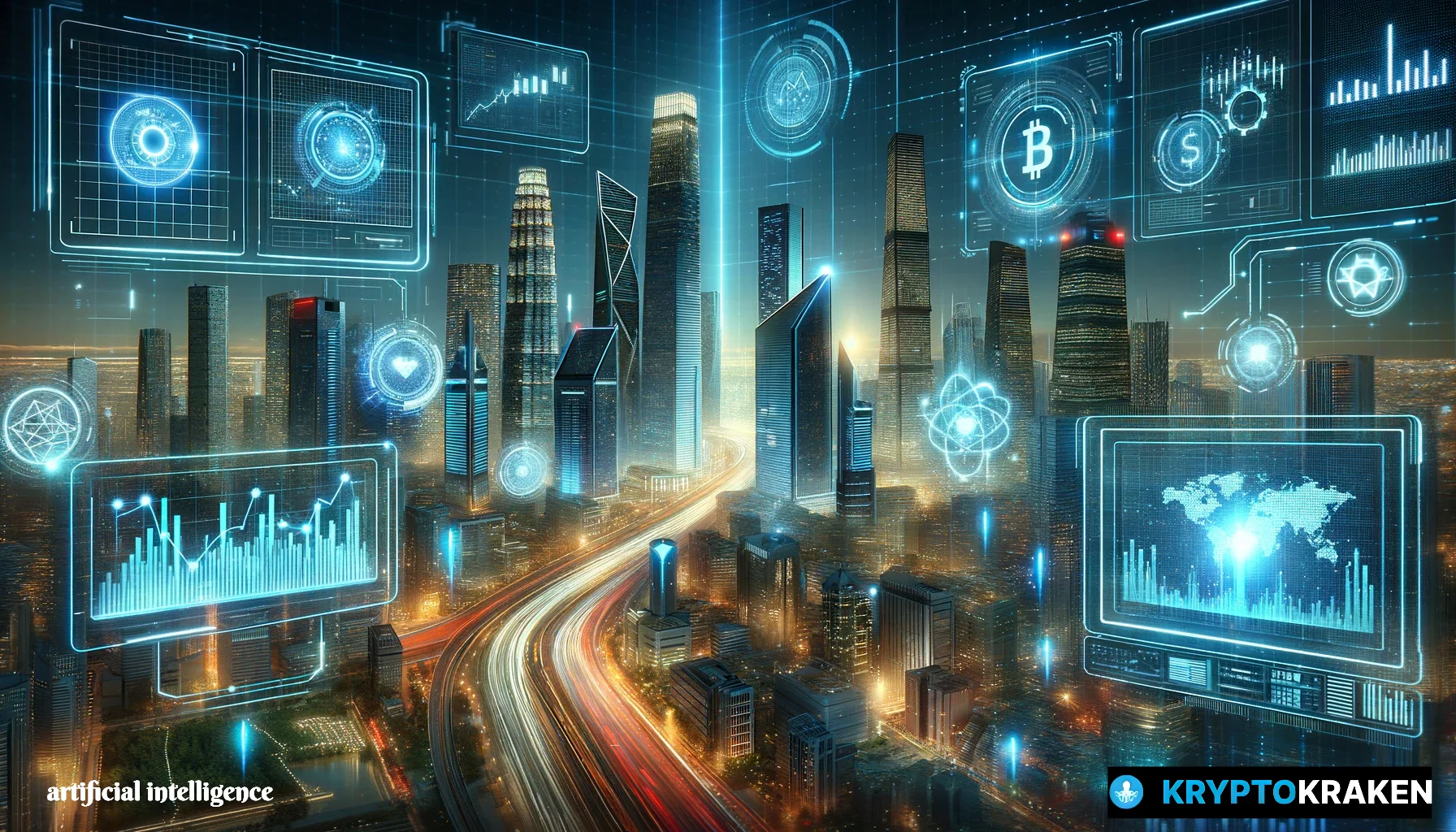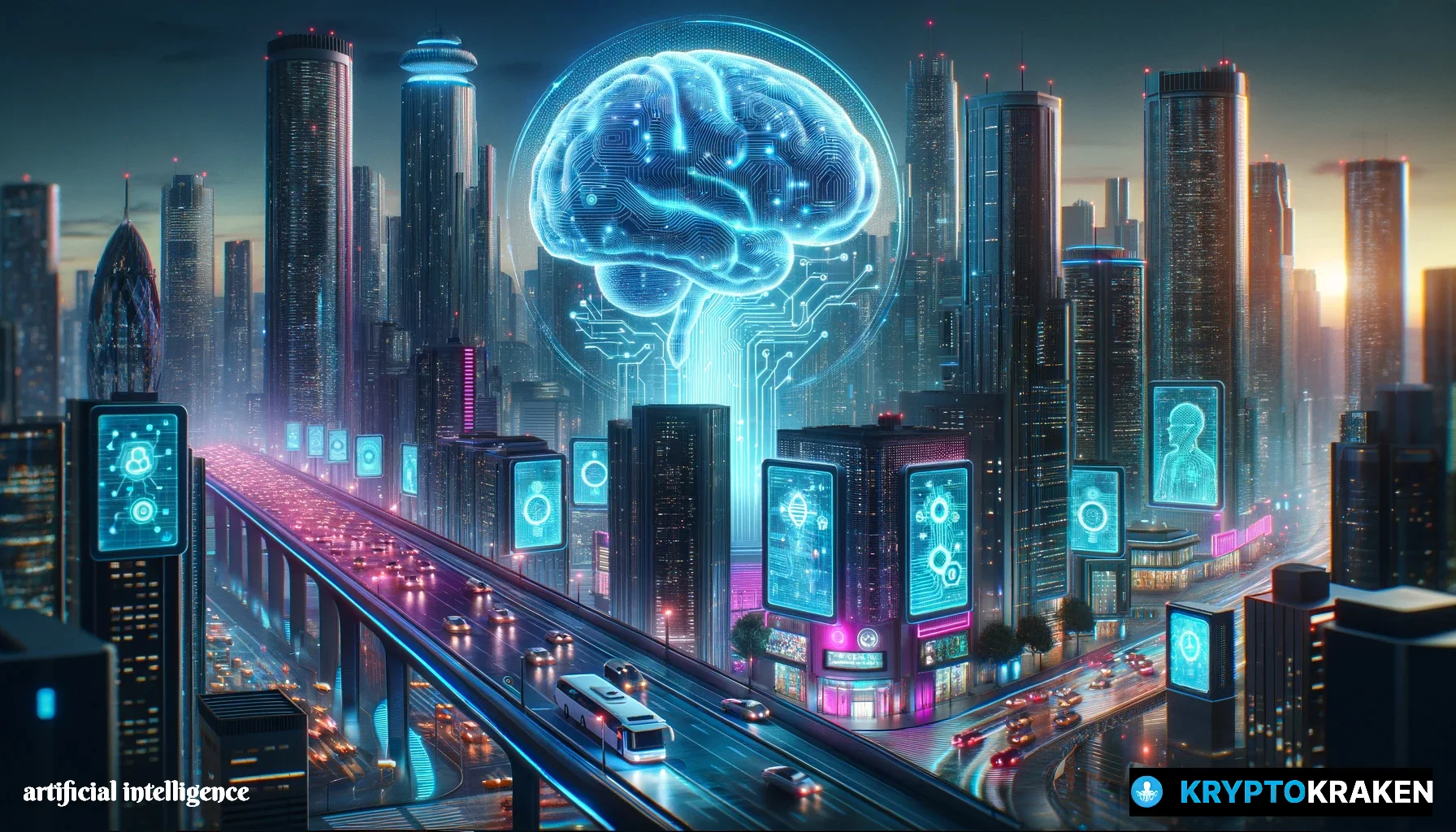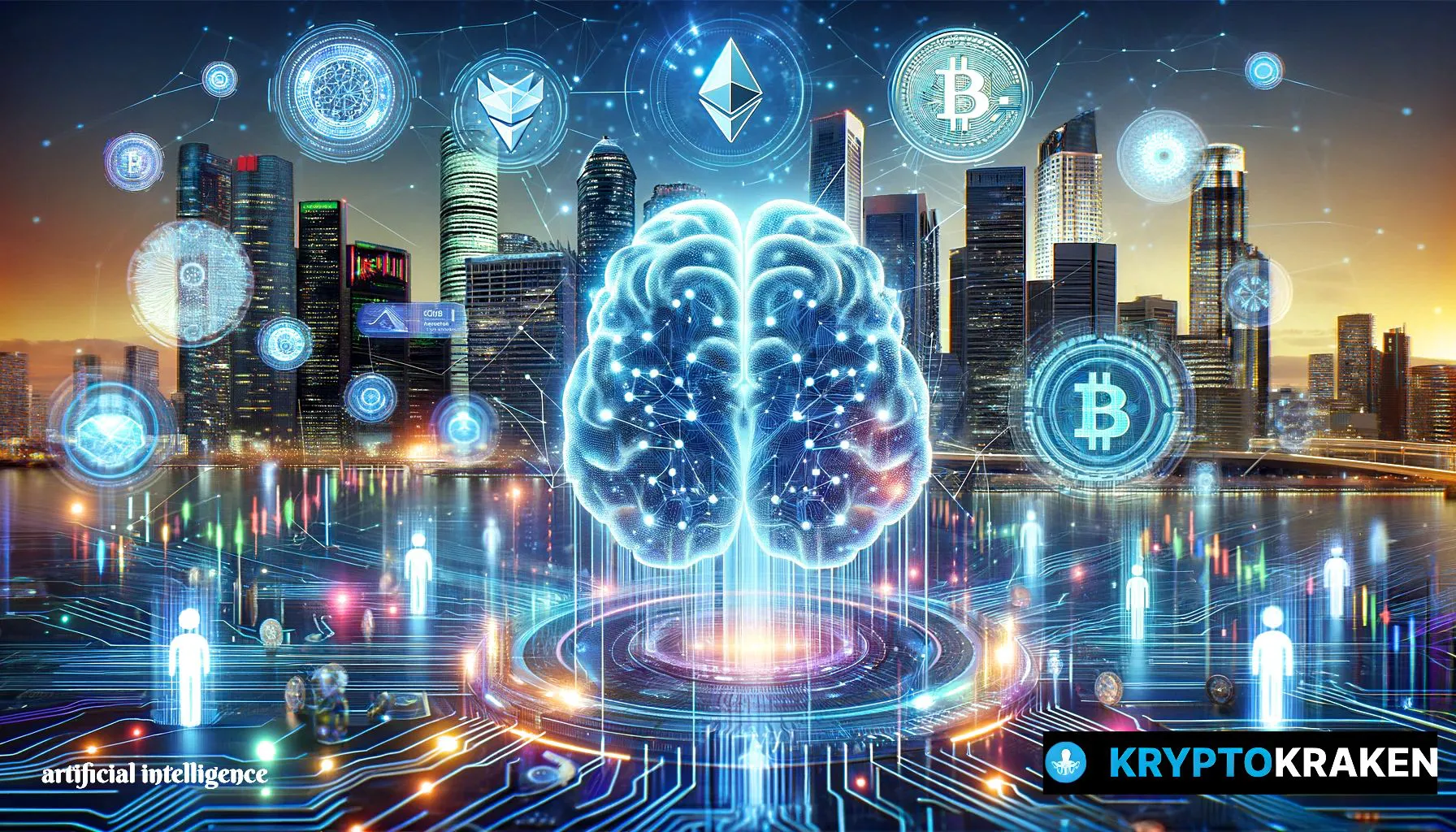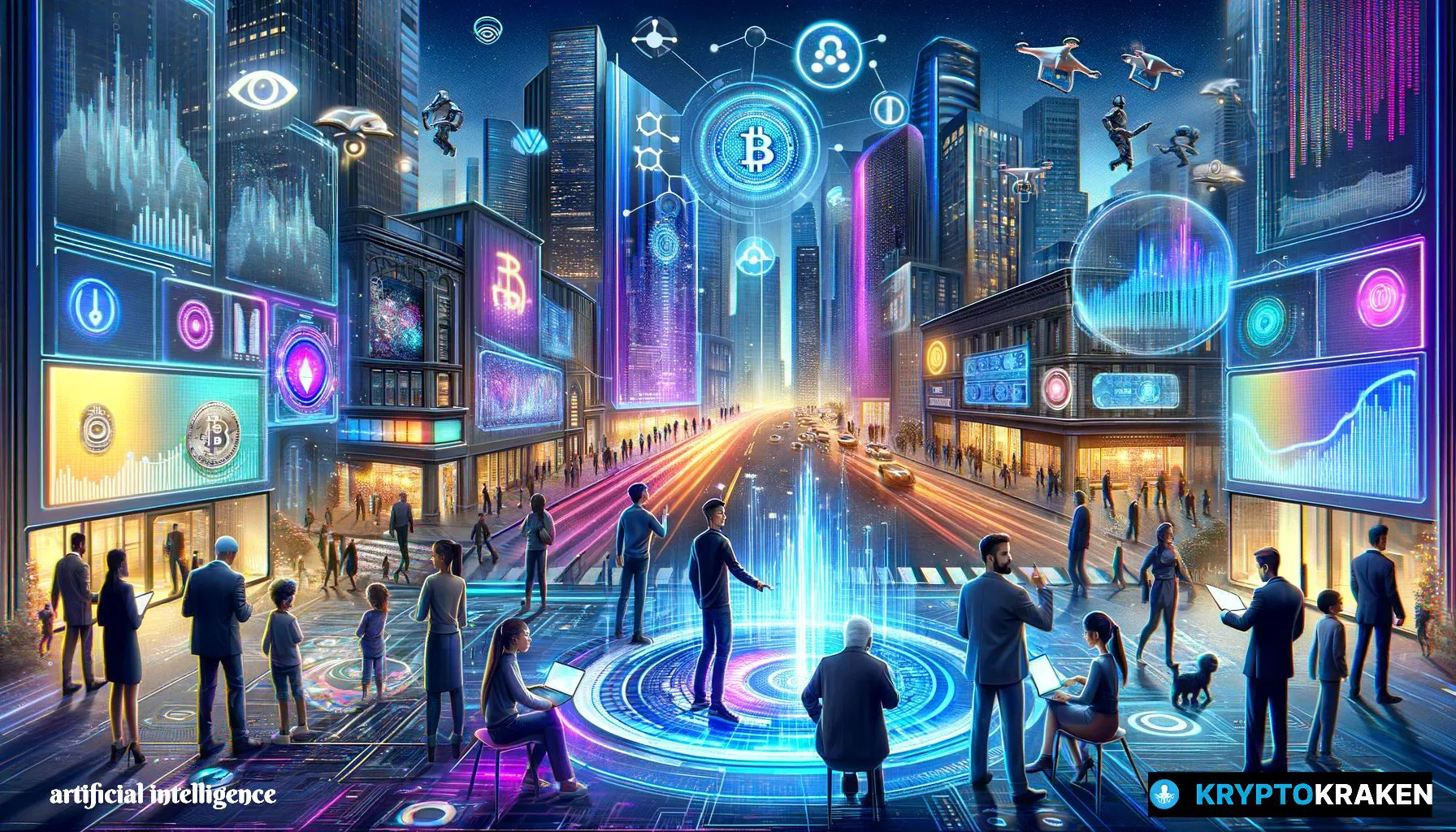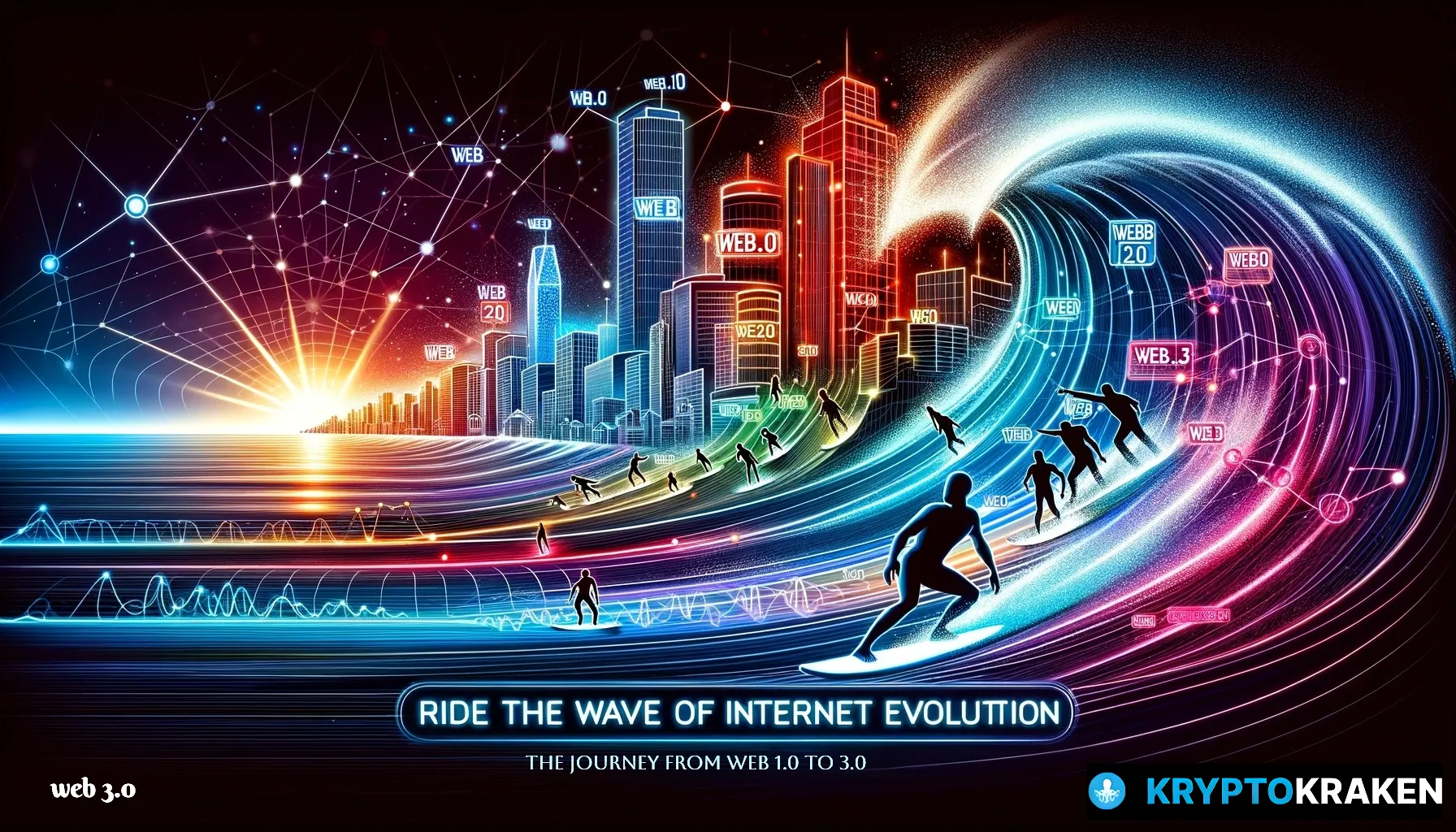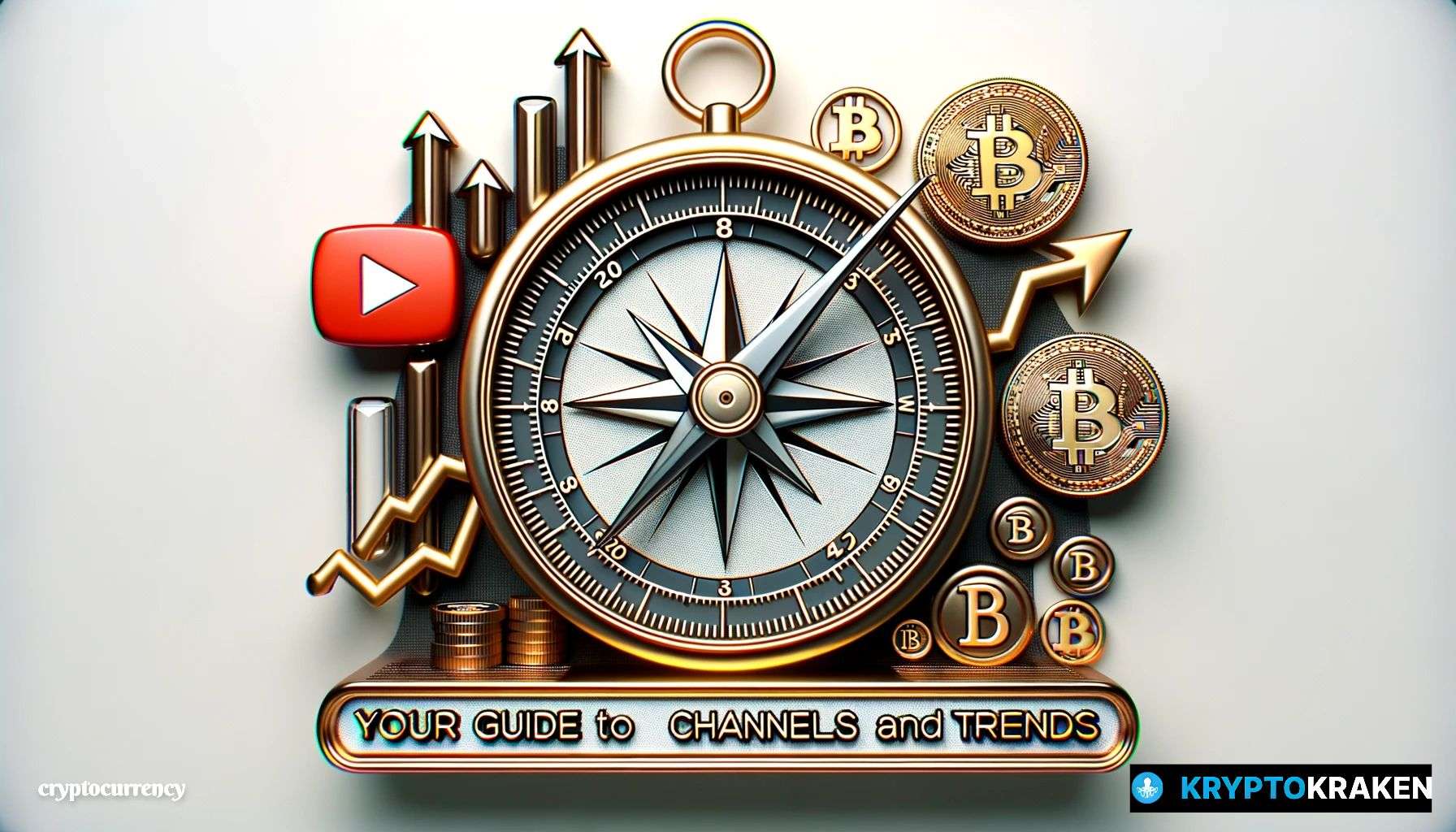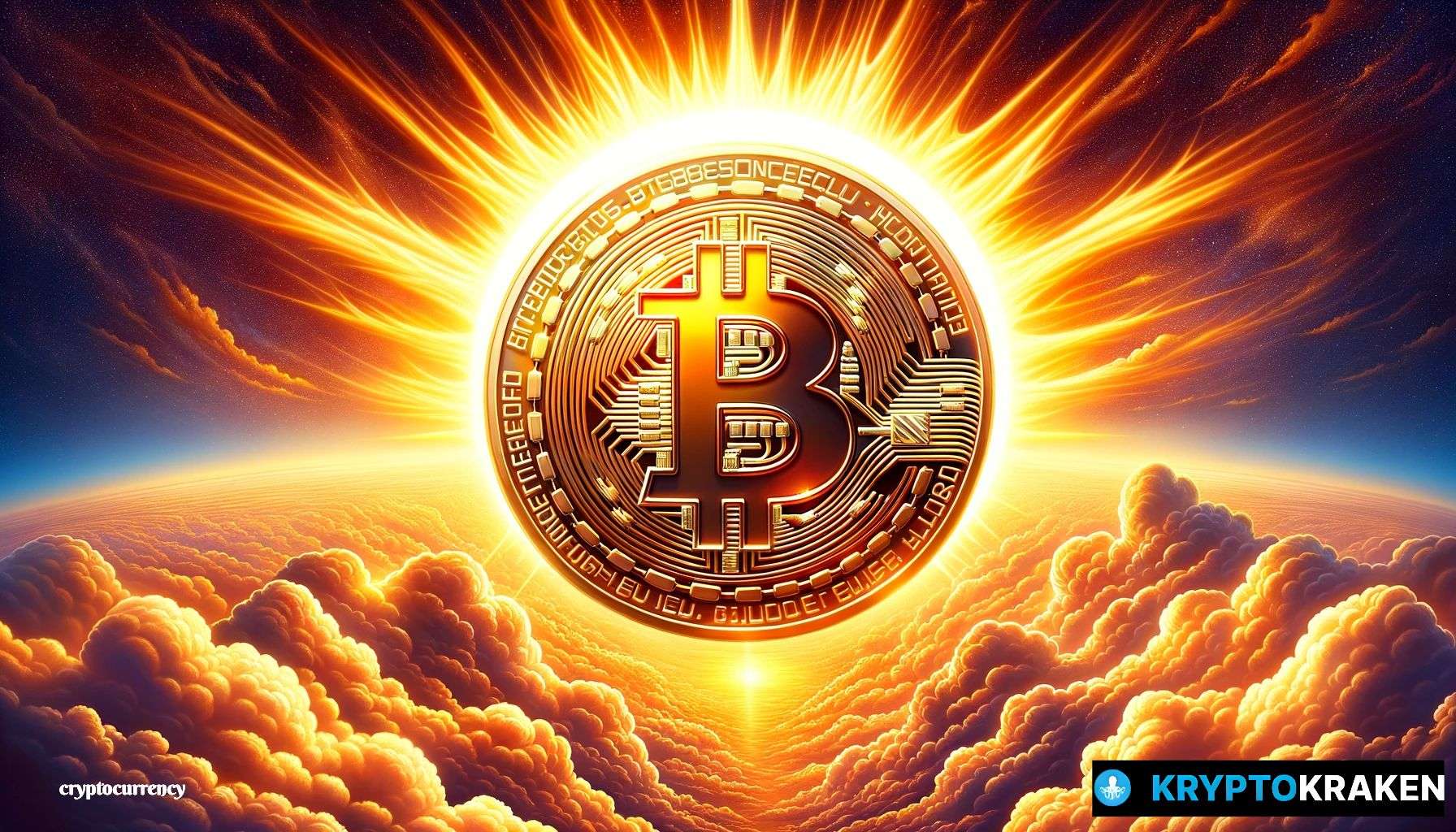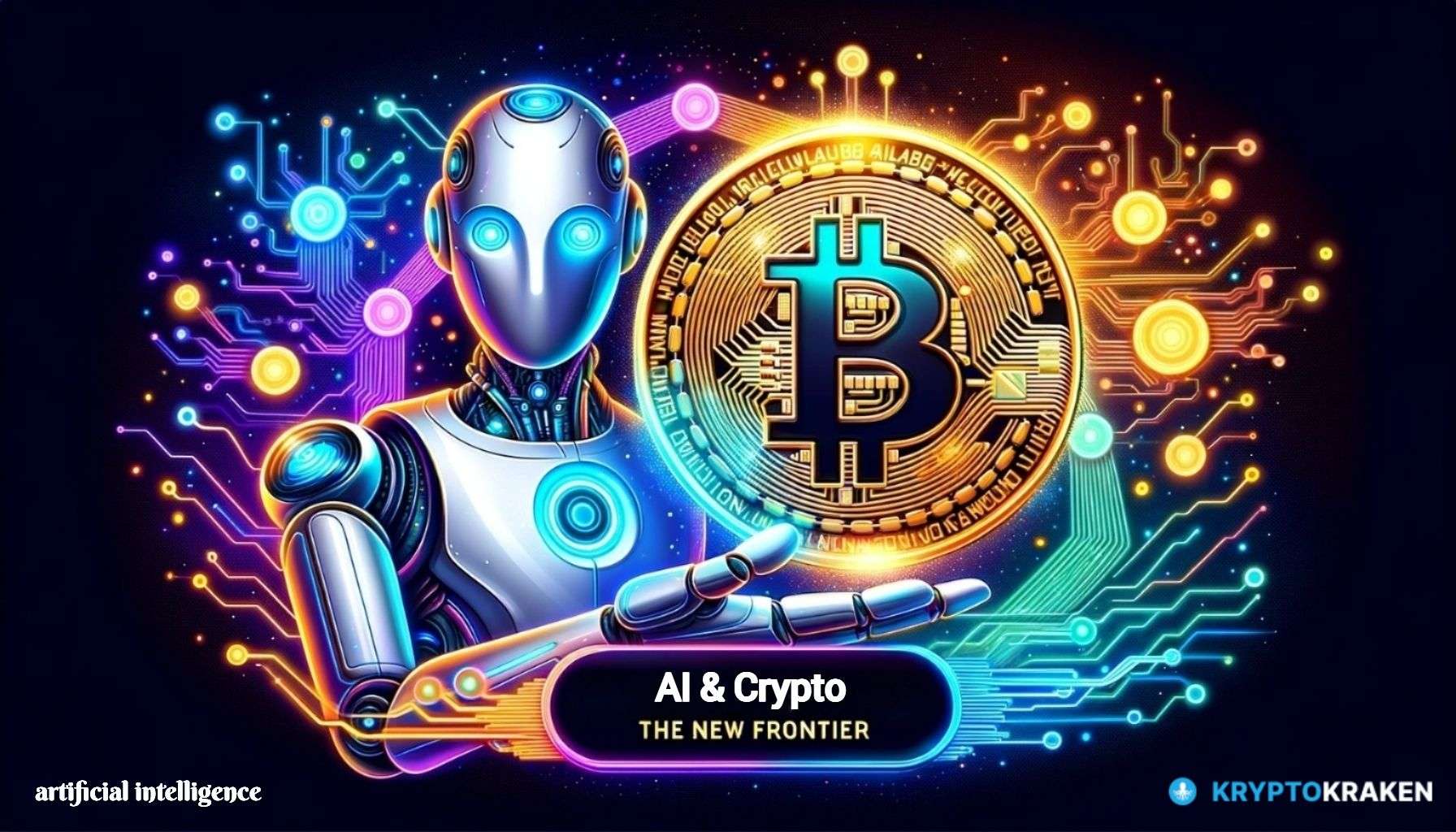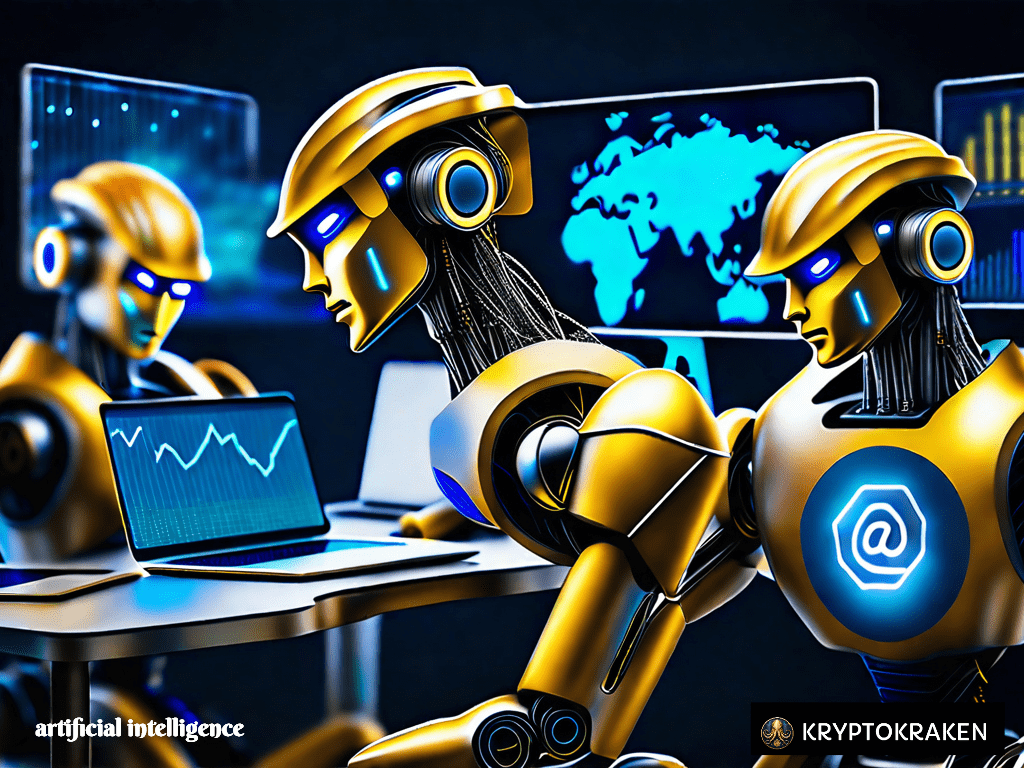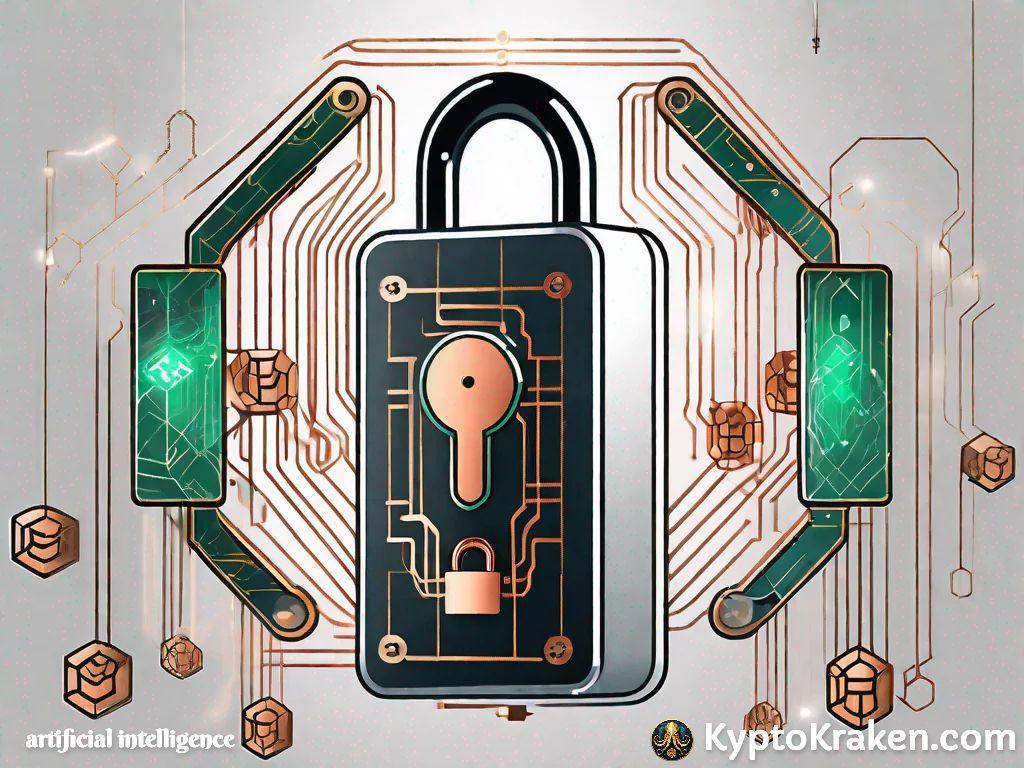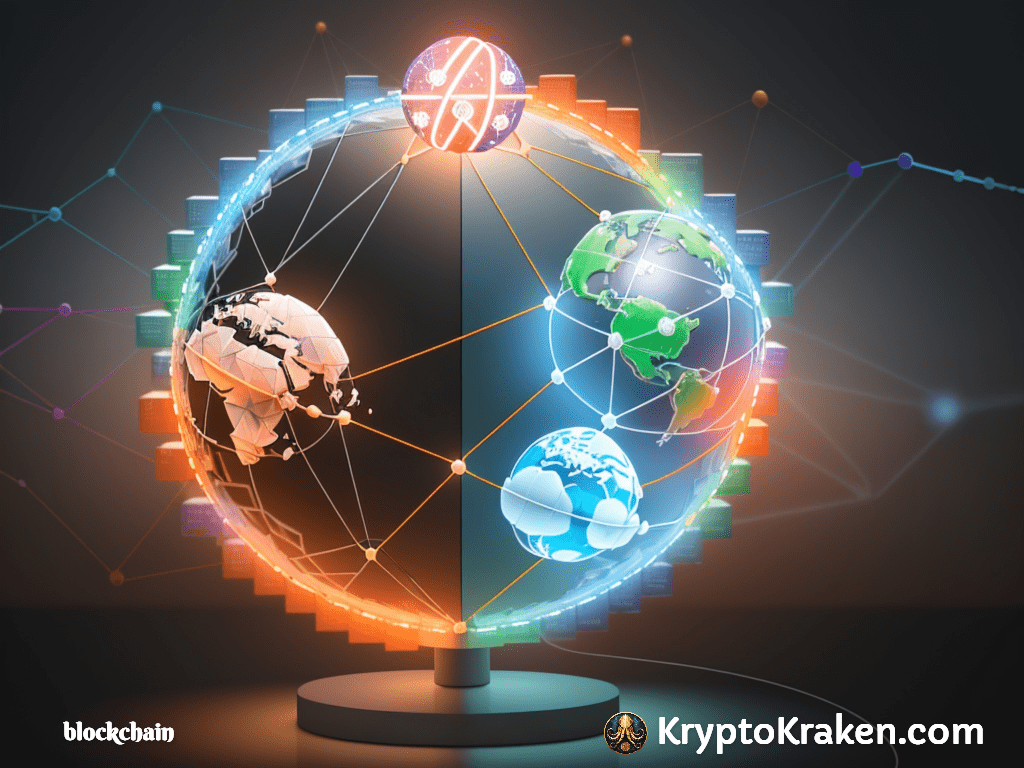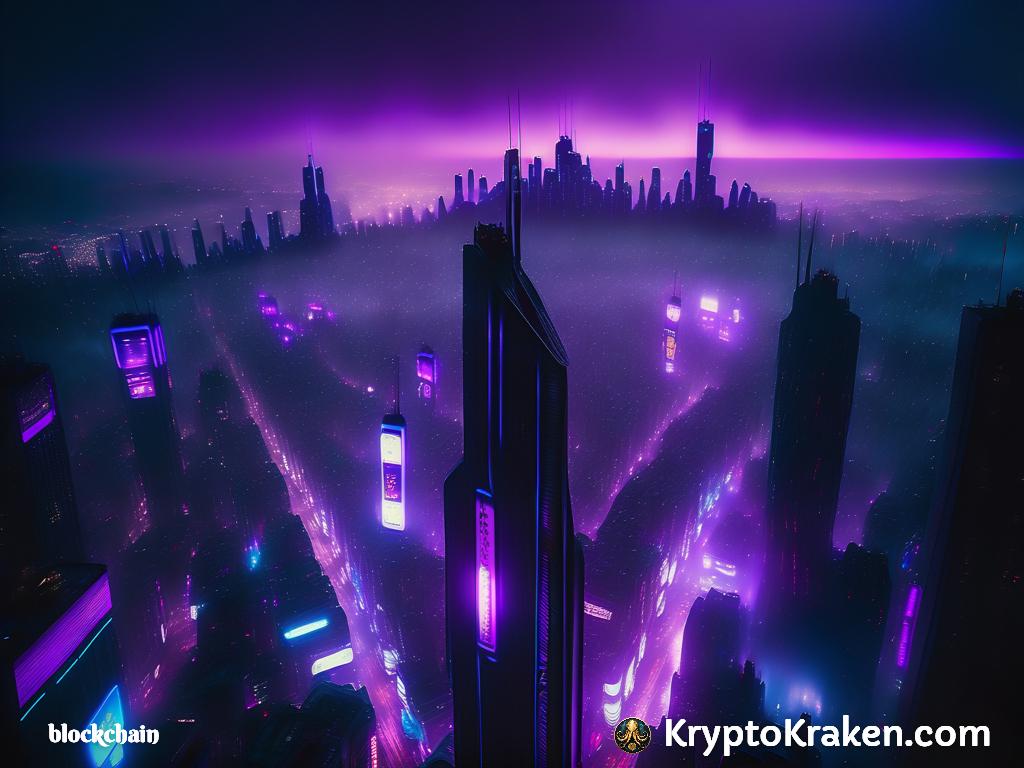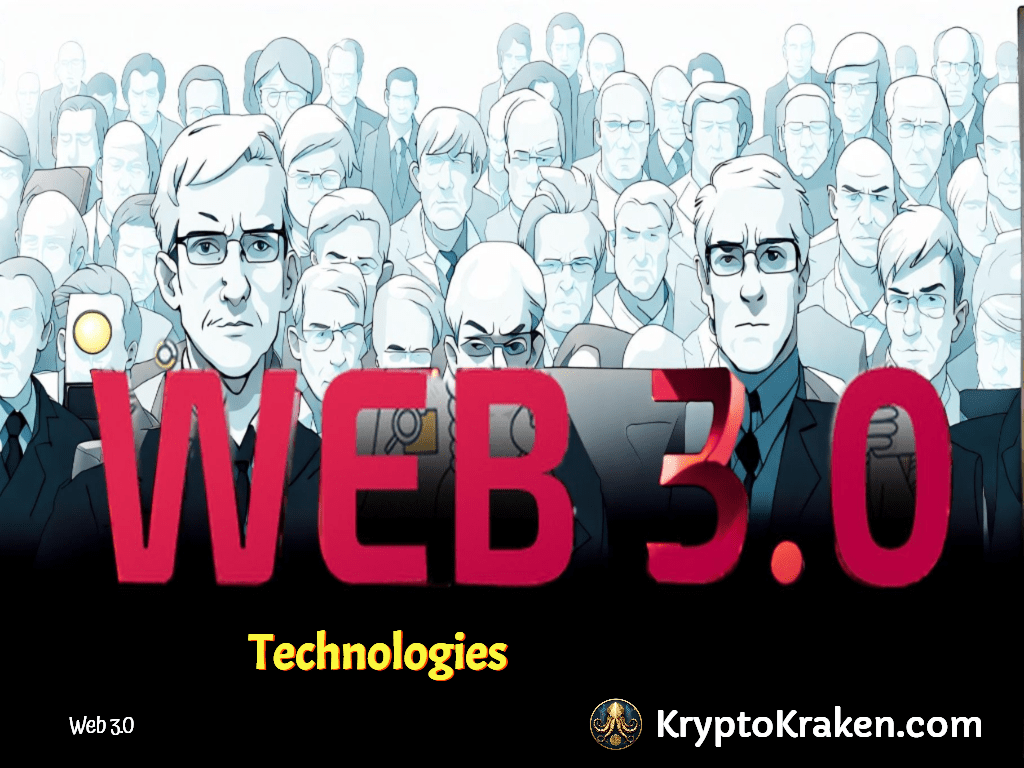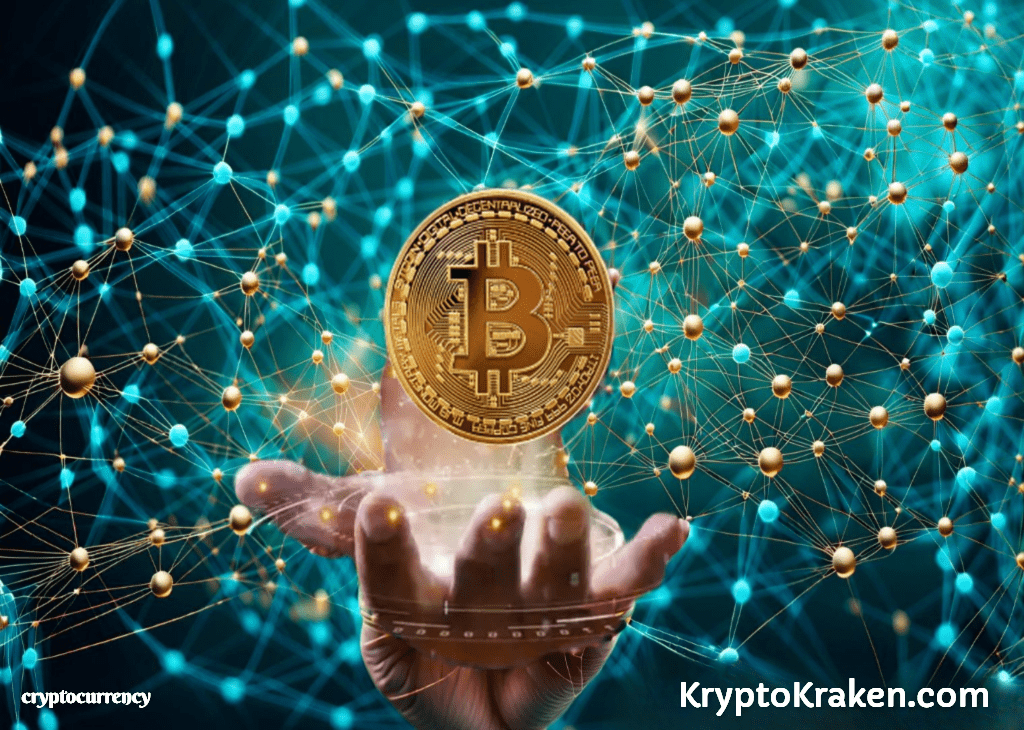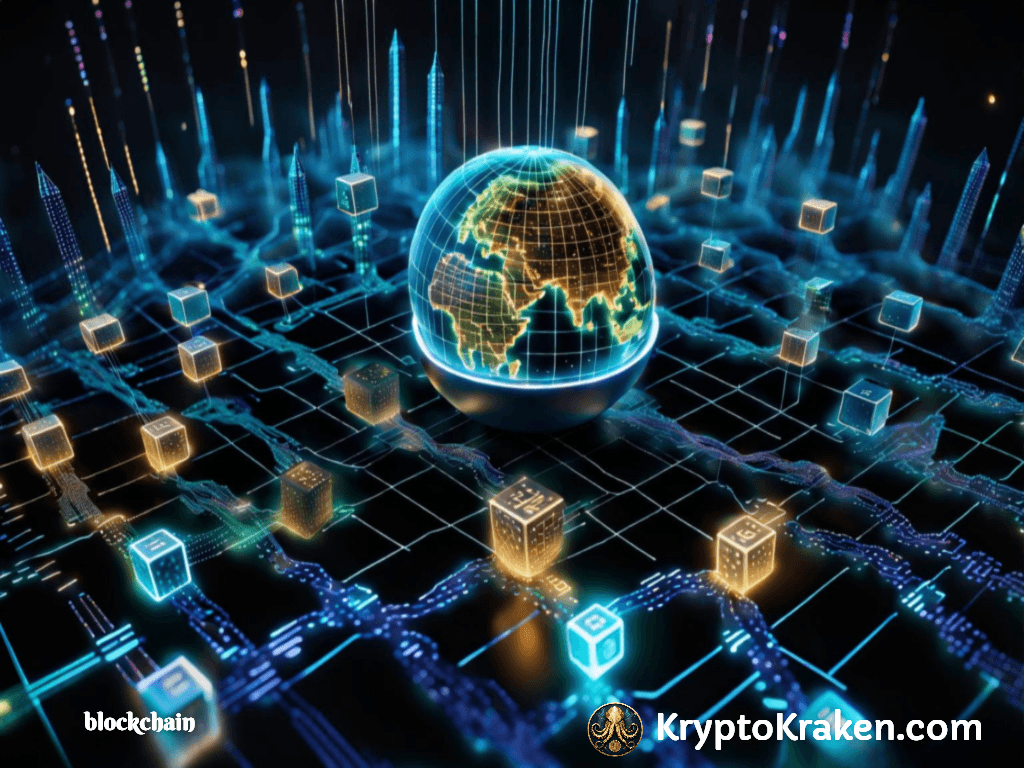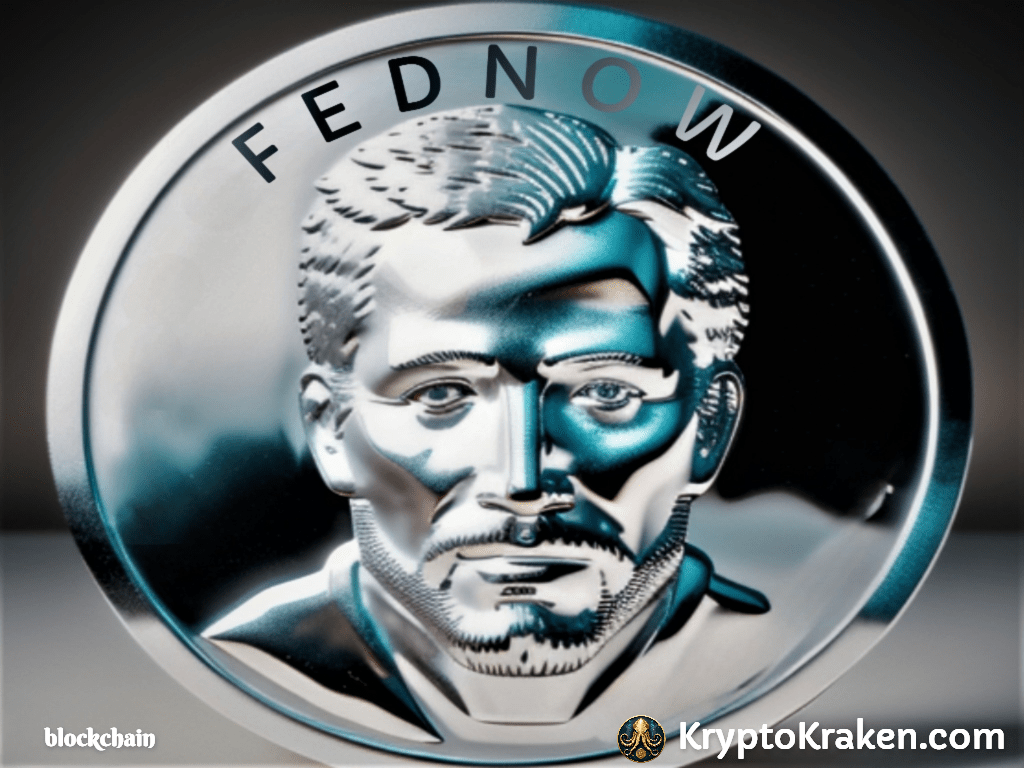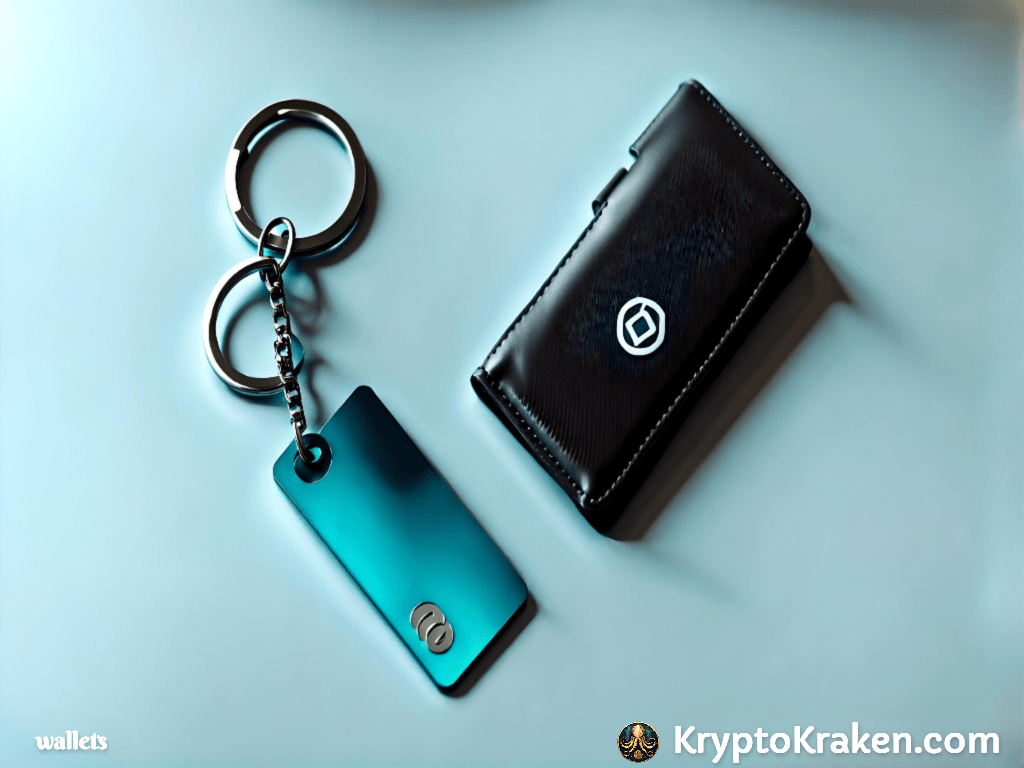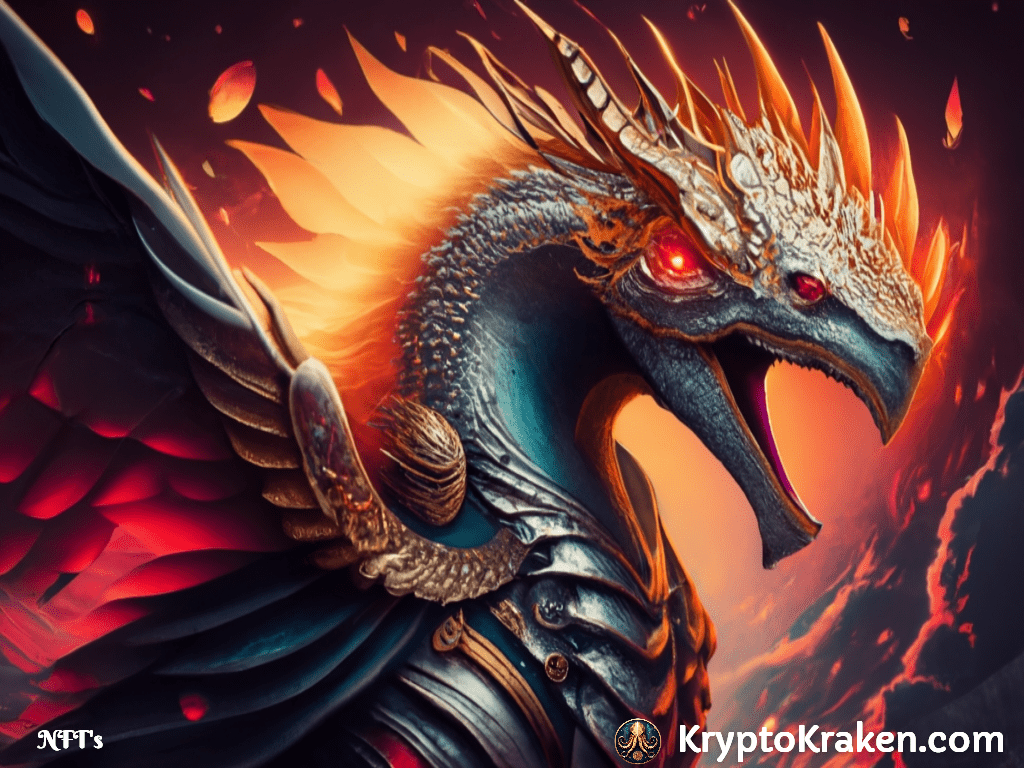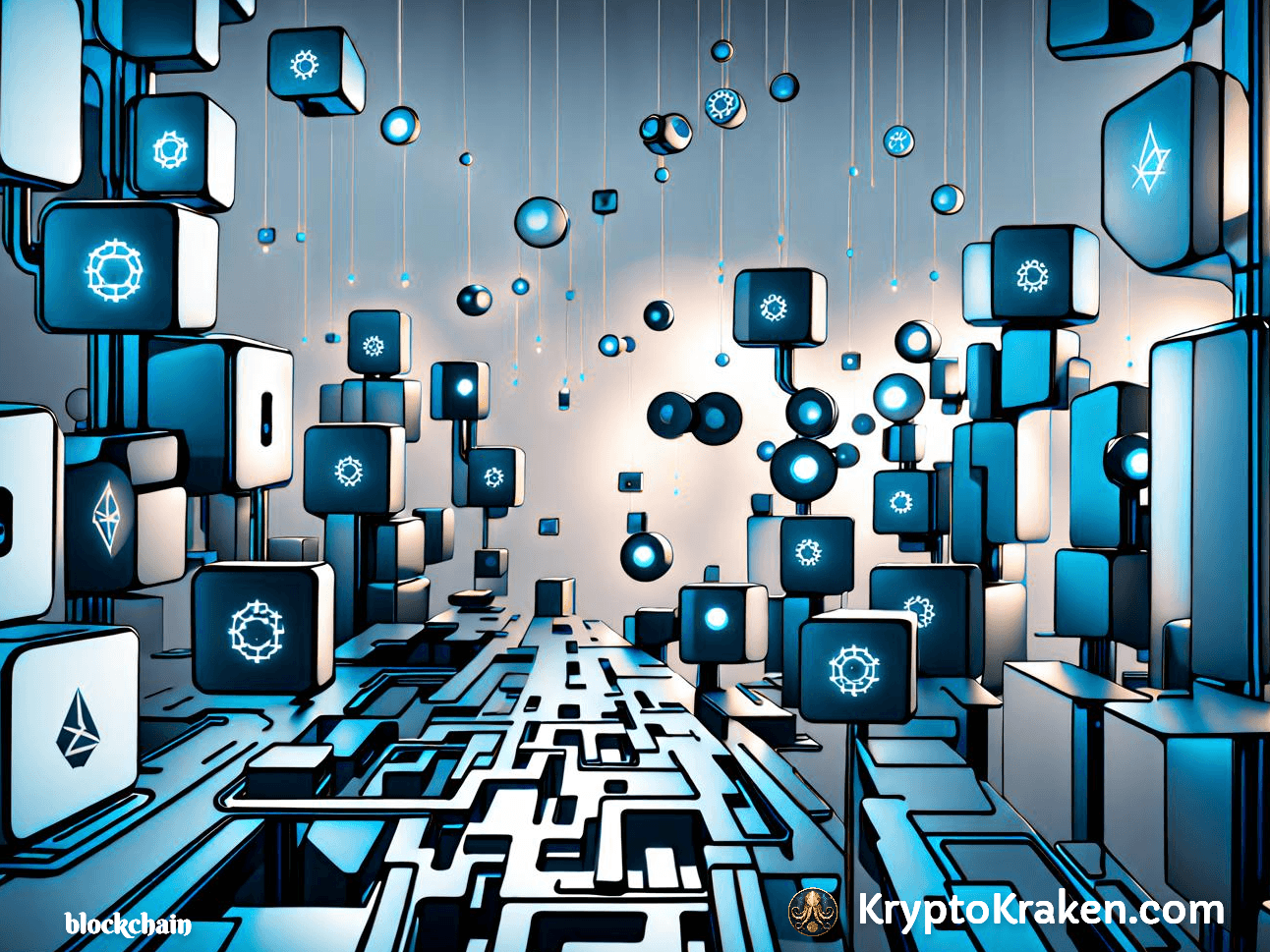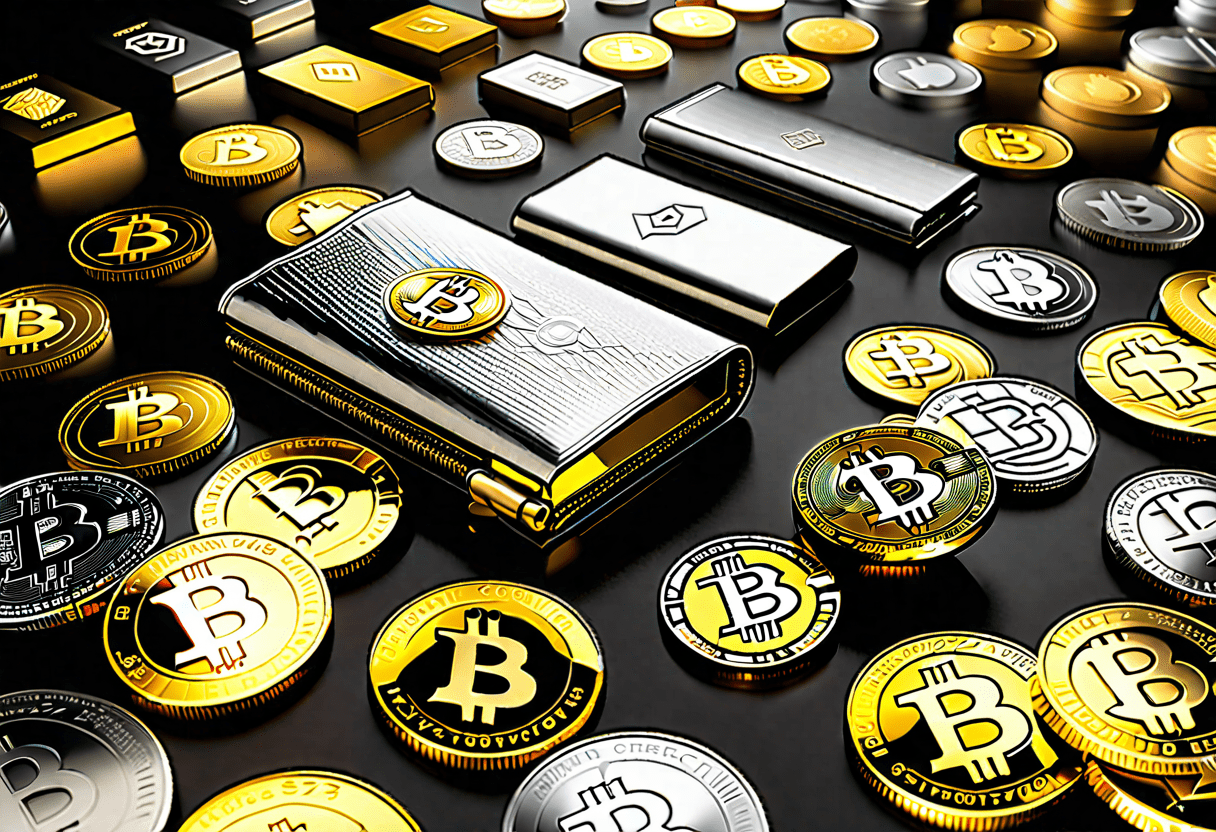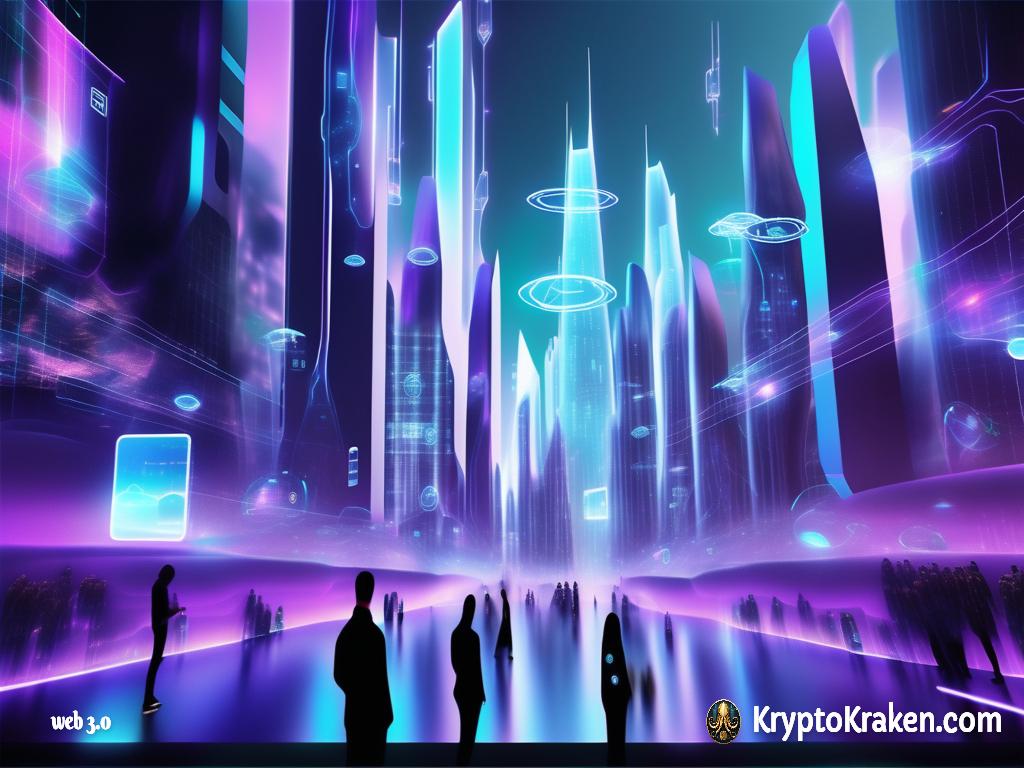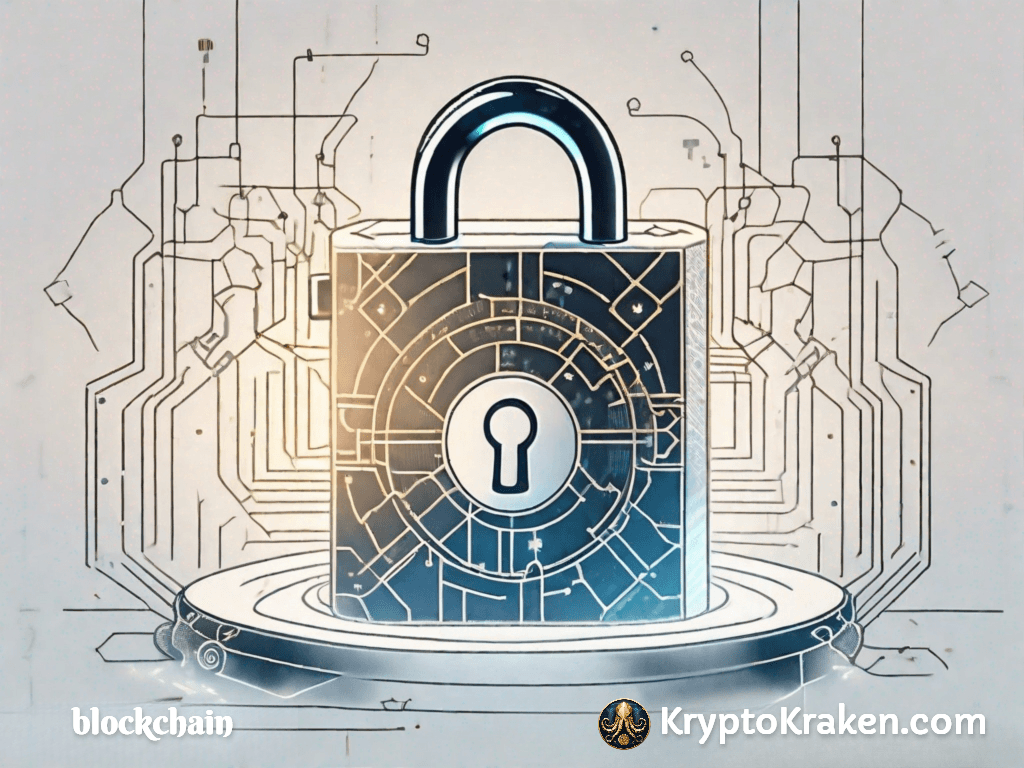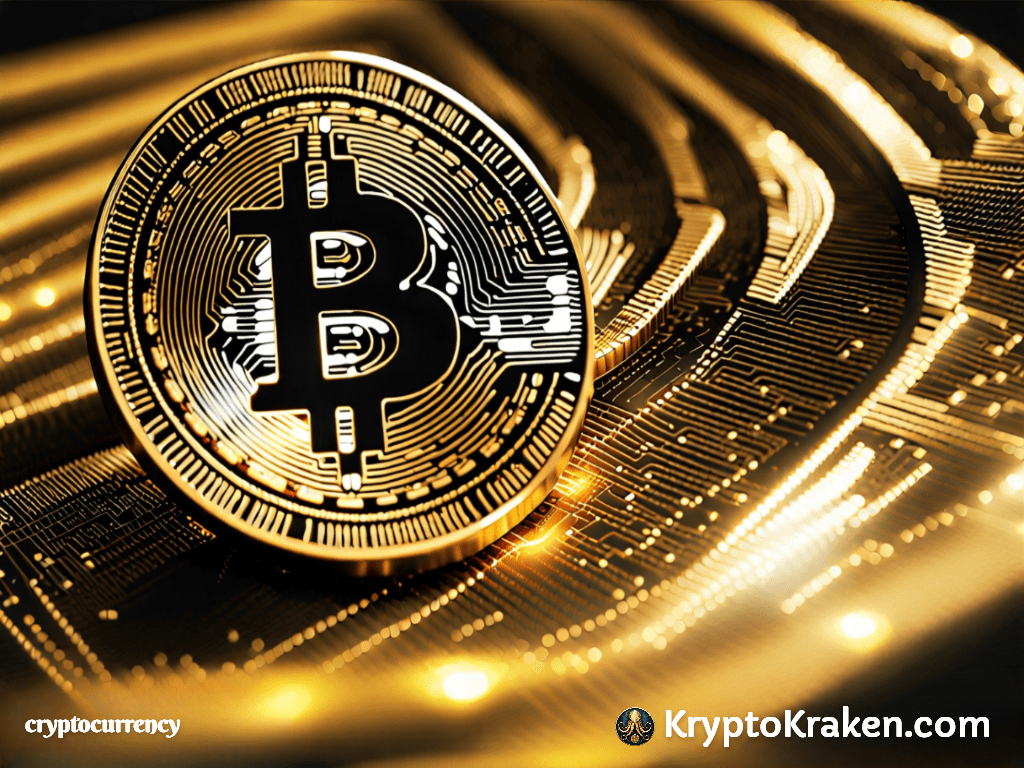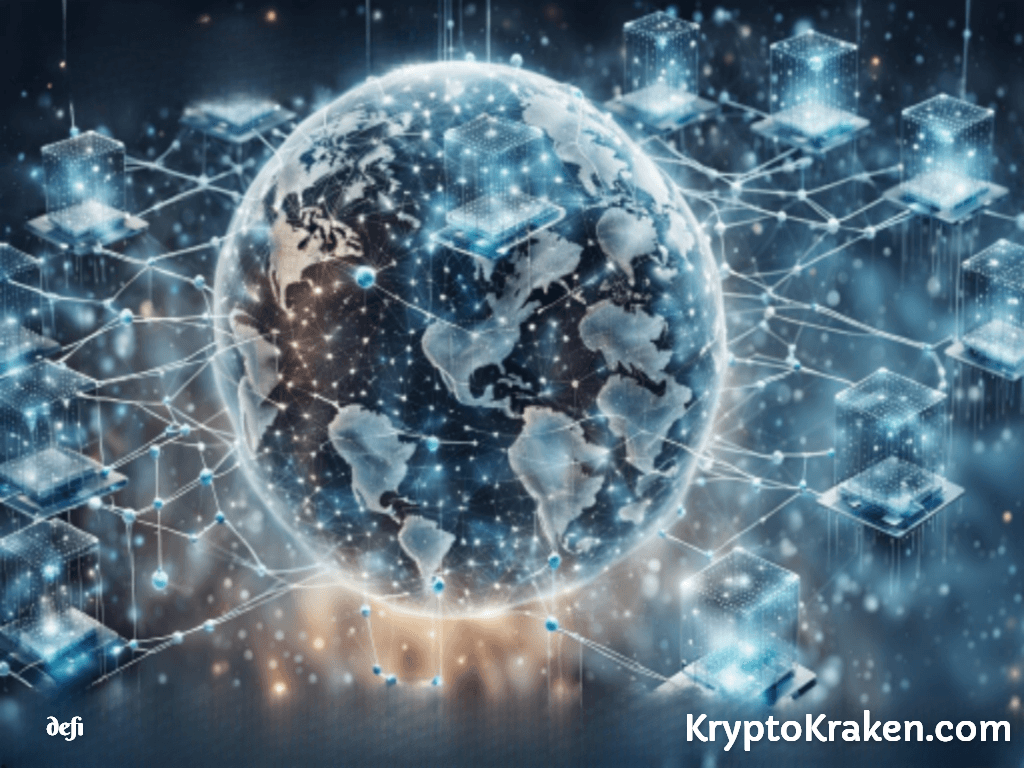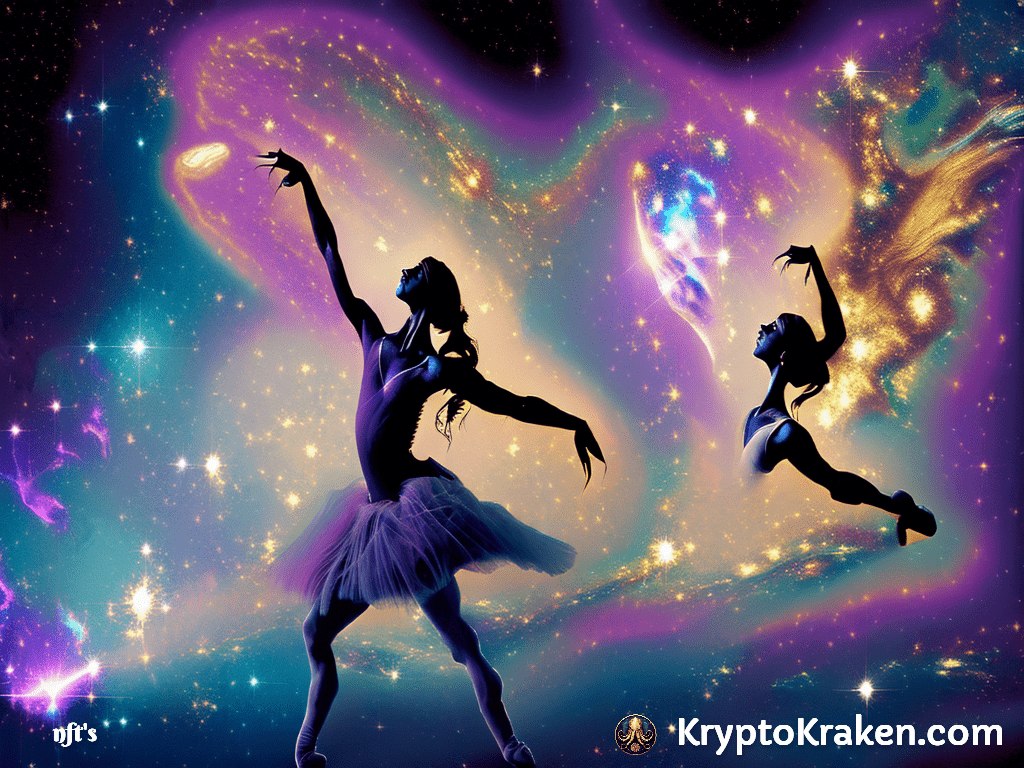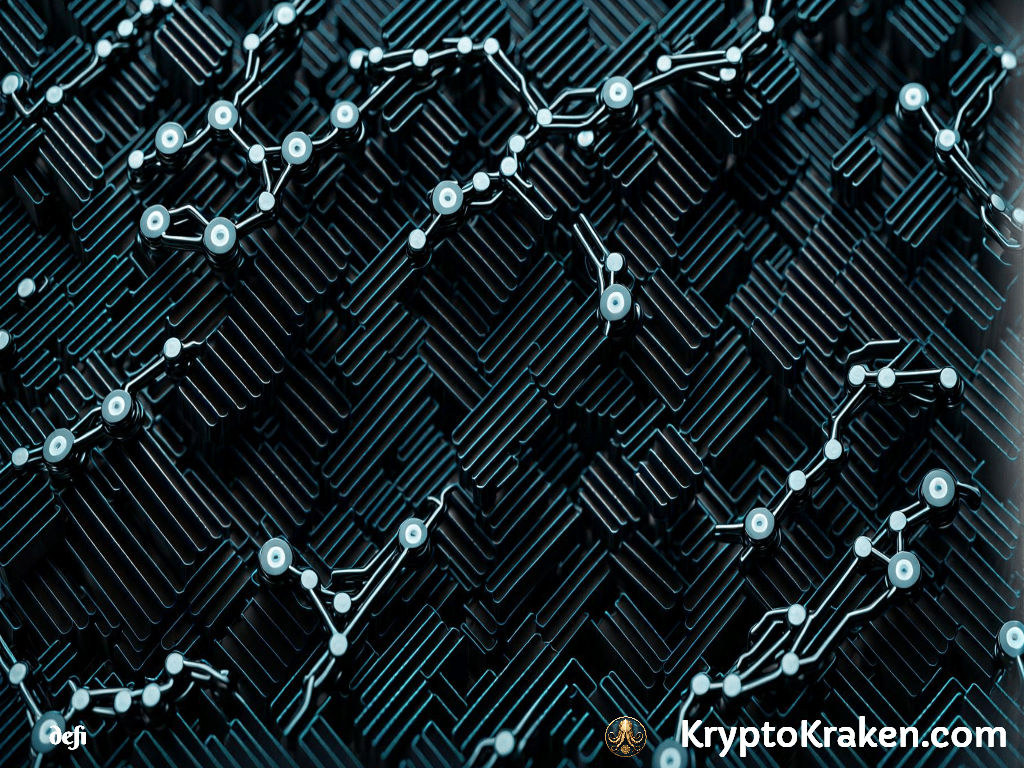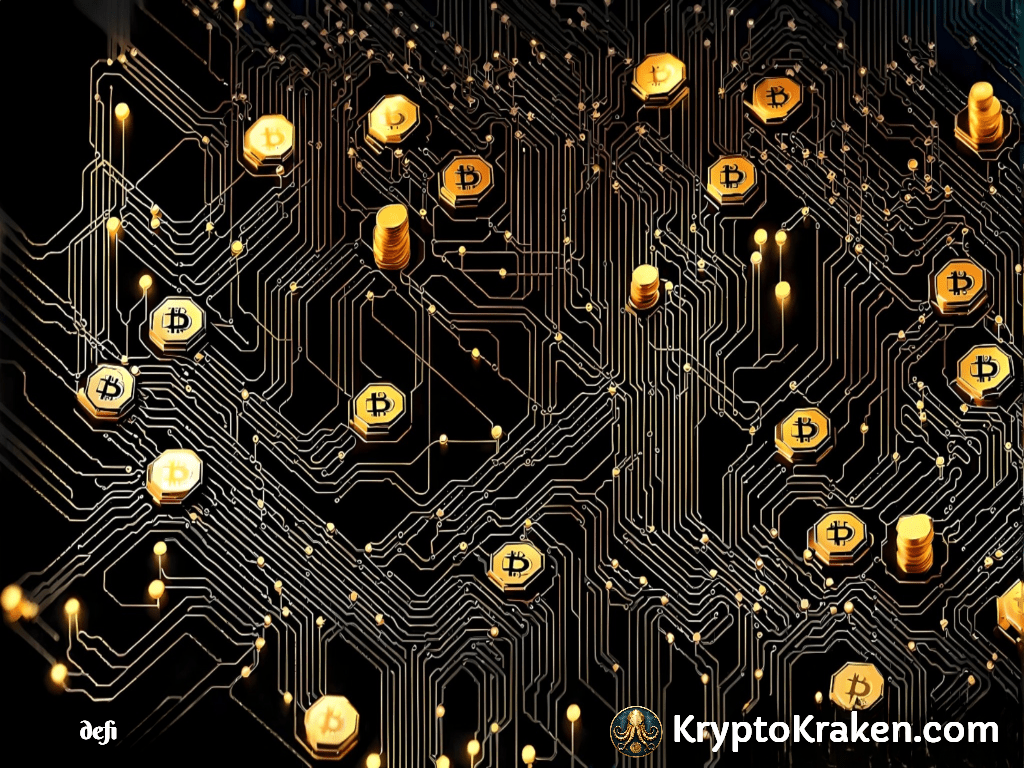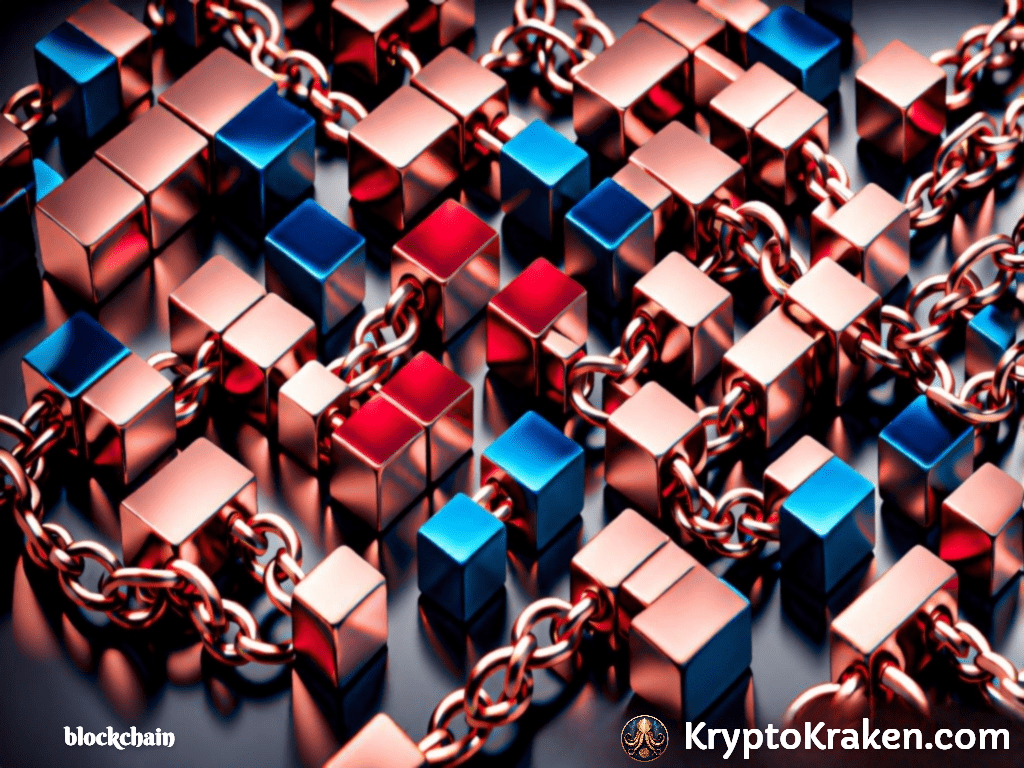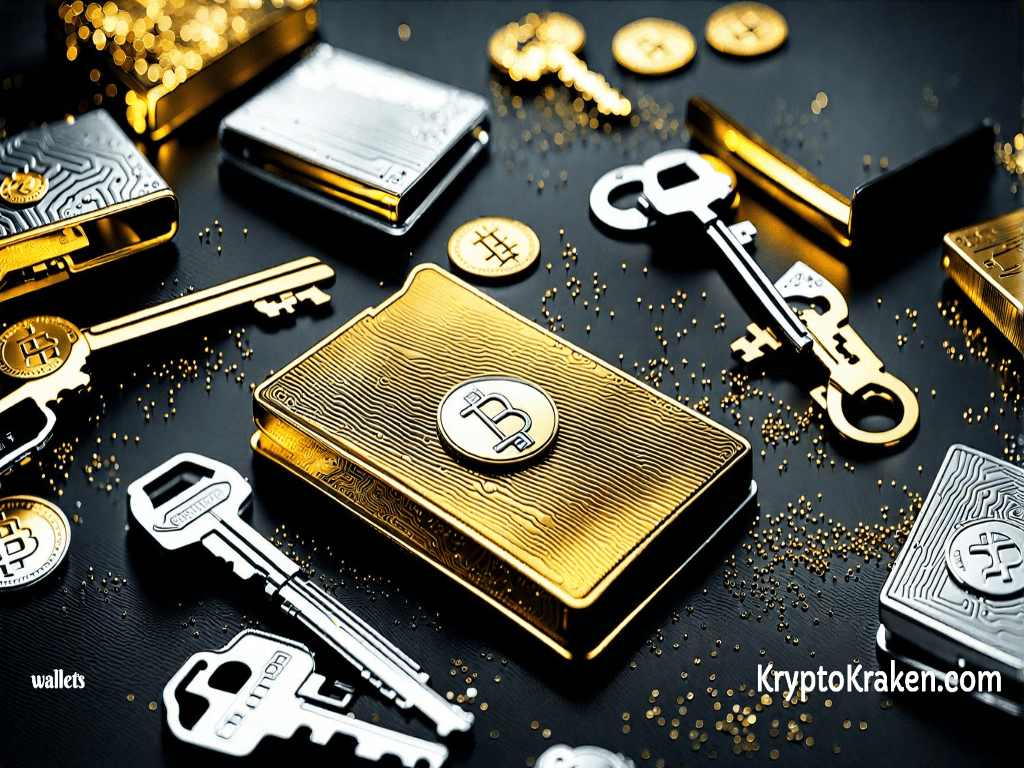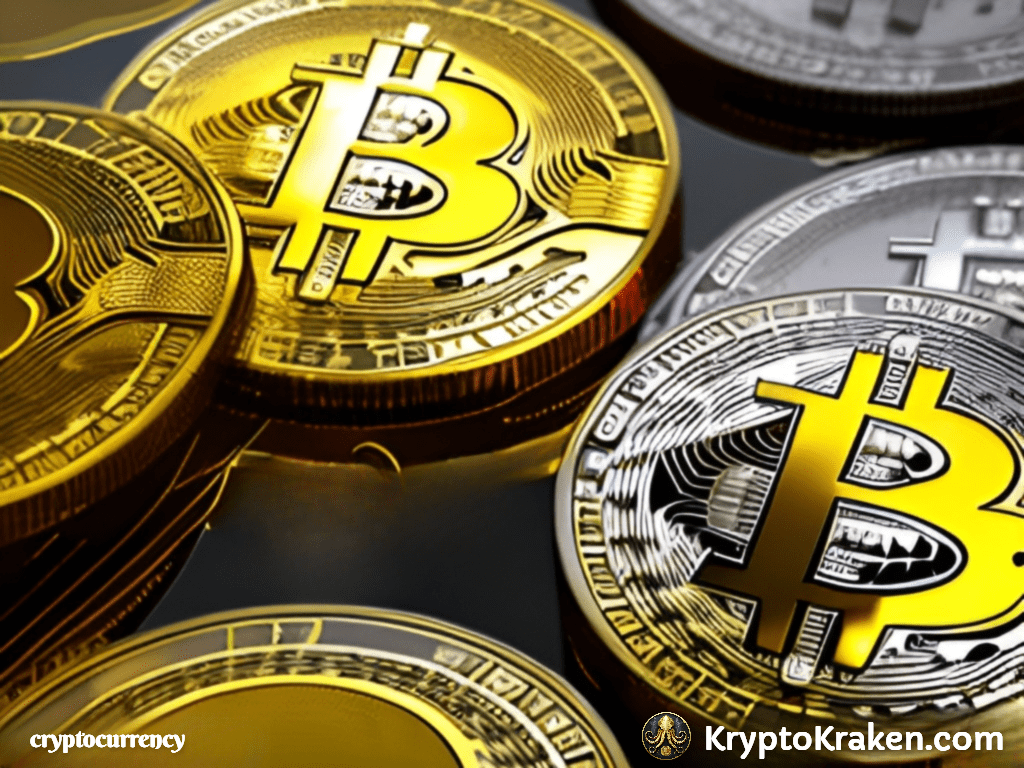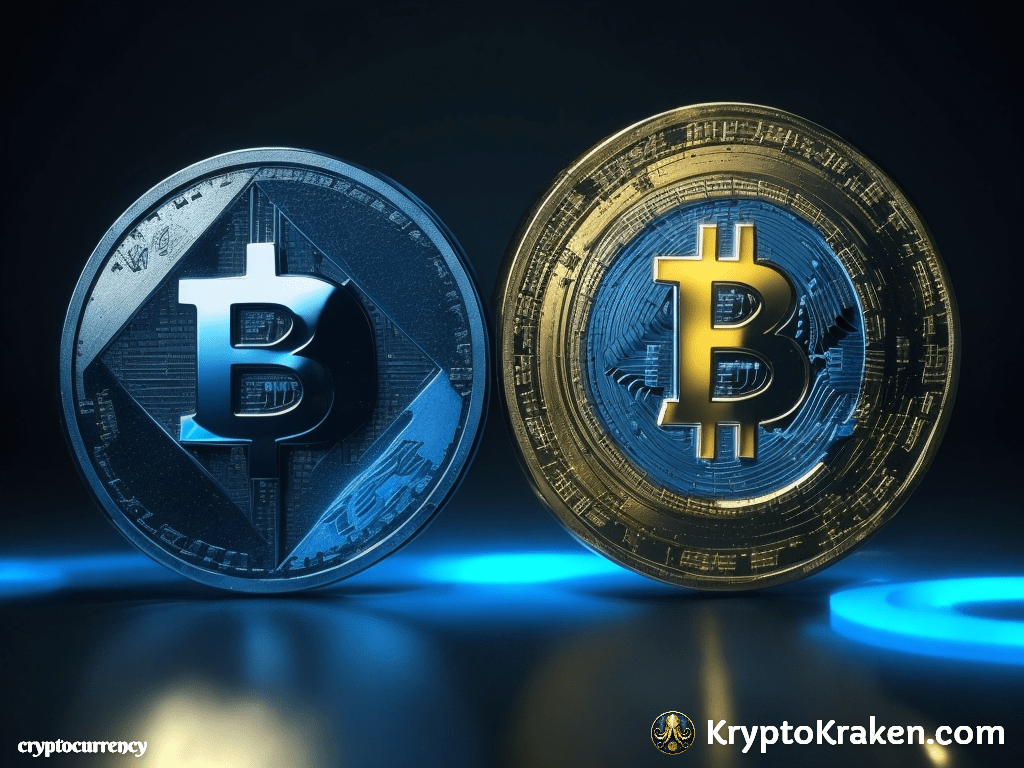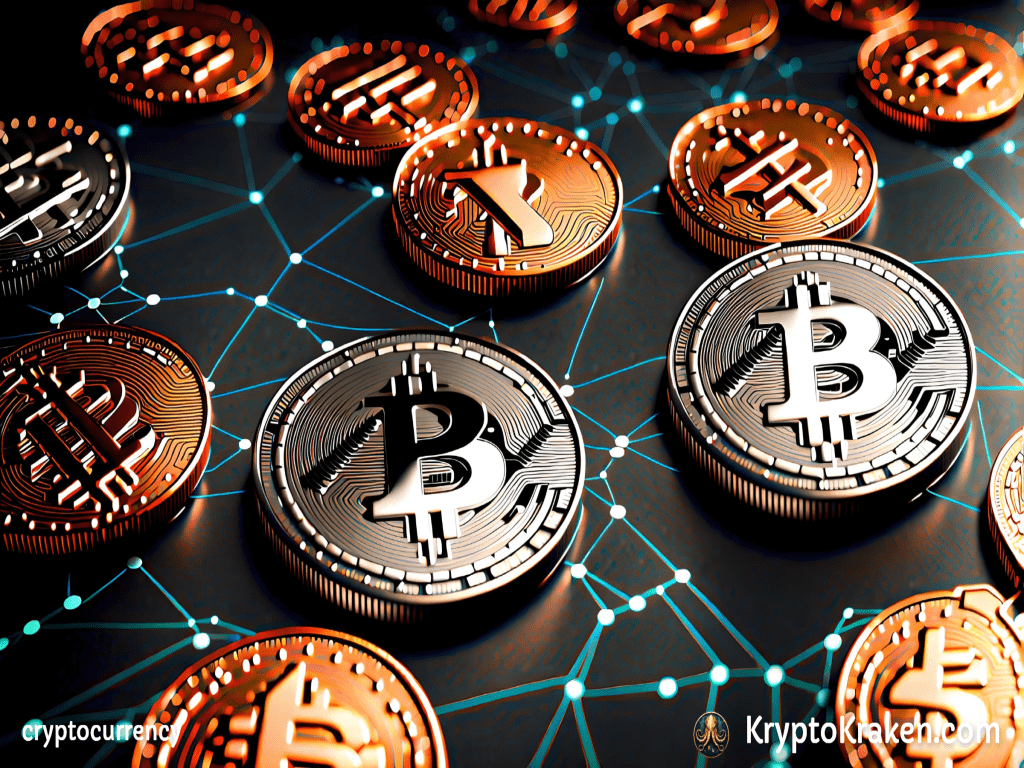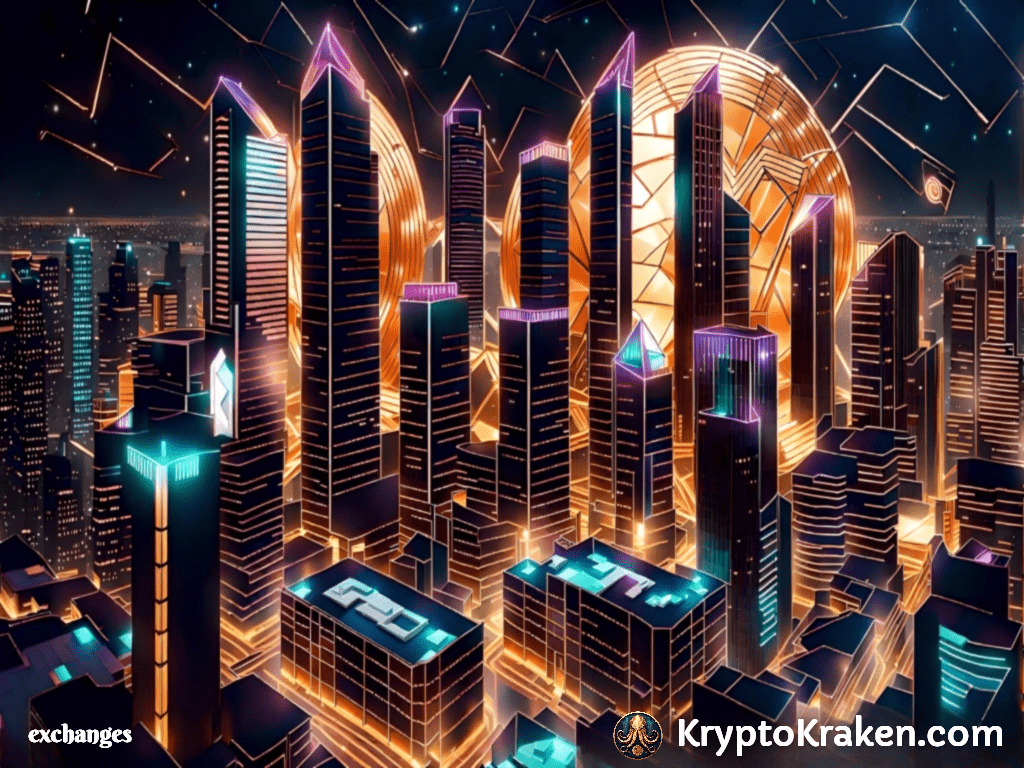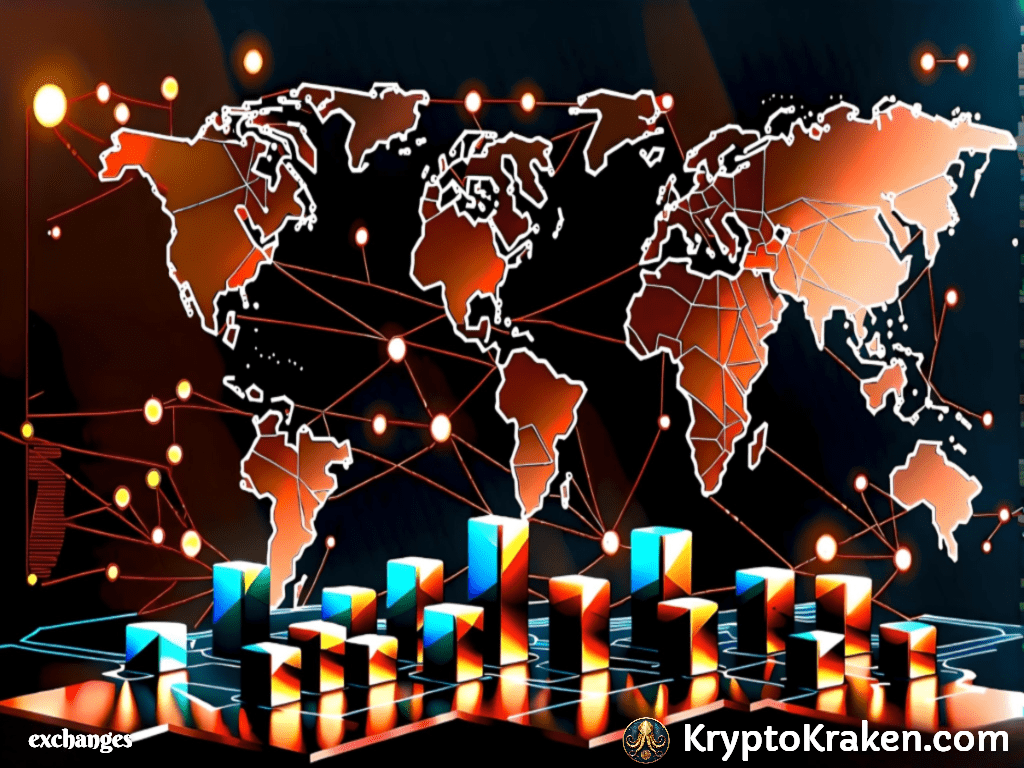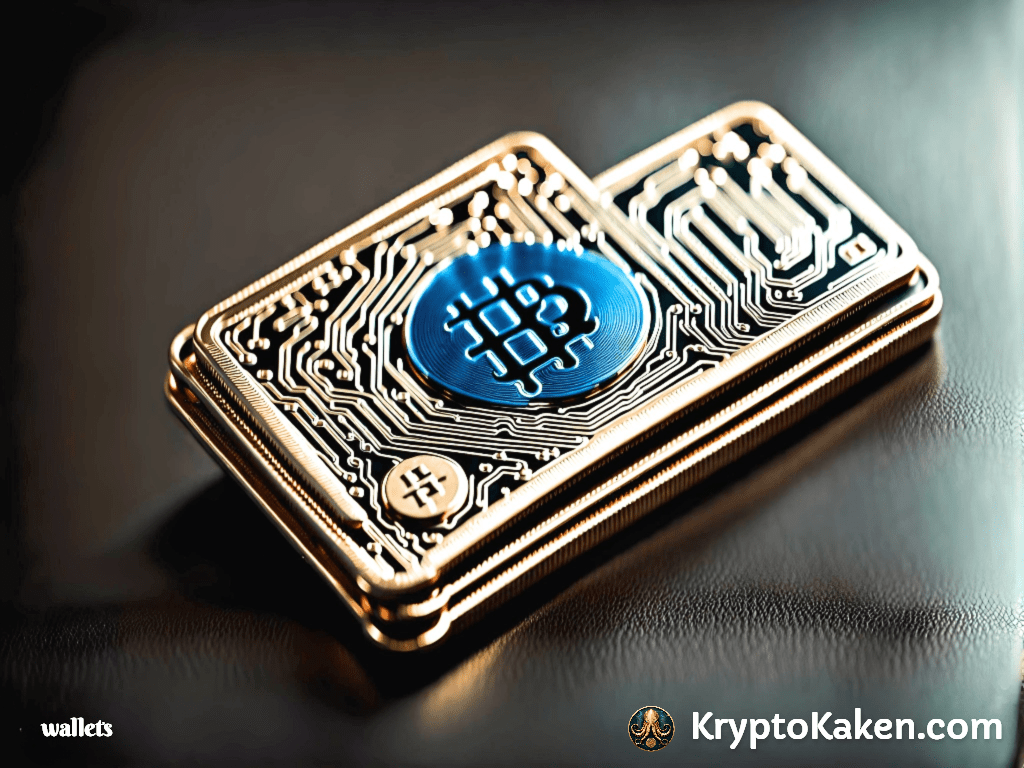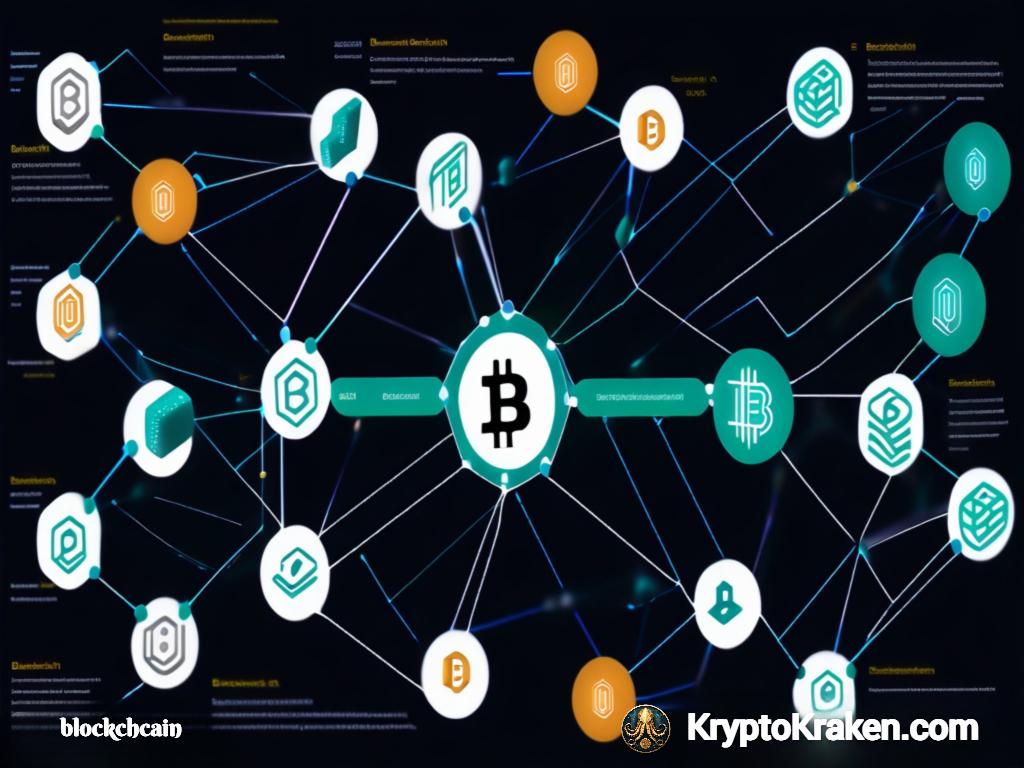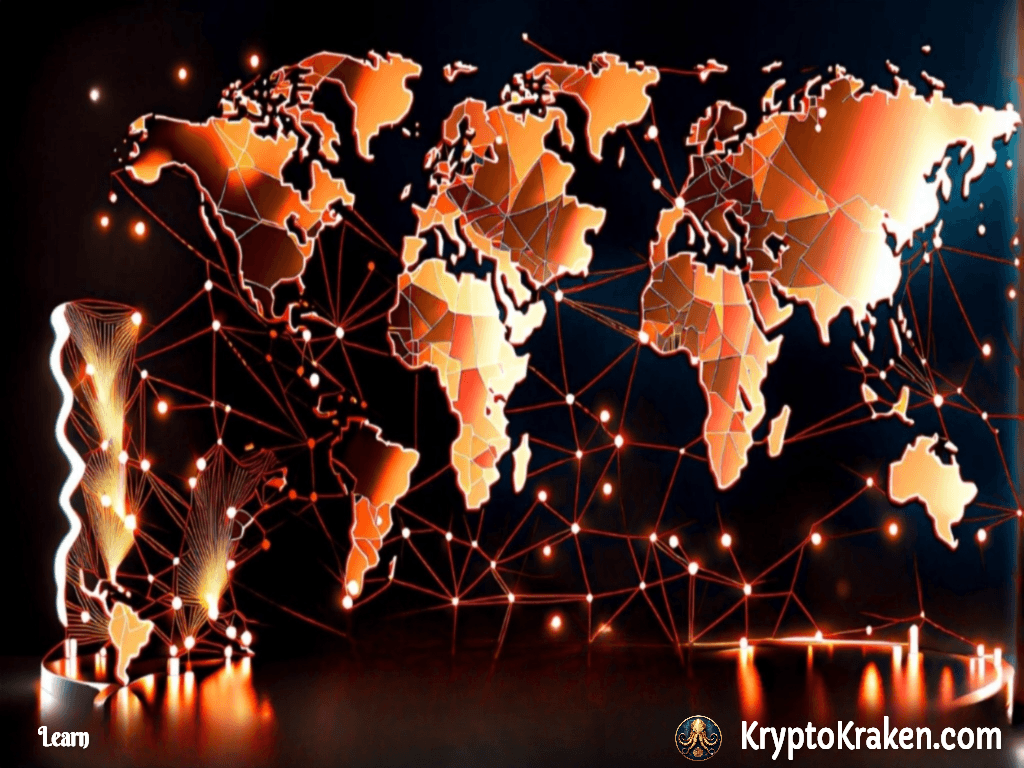
- August 24, 2023
- Dennis Frank
- 0
Table of Contents
The Future of DeFi
Decentralized Finance (DeFi) has been one of the fastest-growing areas of the blockchain industry, attracting more and more attention from investors and developers. In recent years, it has undergone immense growth, expanding beyond the simple exchange of cryptocurrencies to offer a vast array of financial services such as lending, borrowing, staking, yield farming, and more. In this article, we will explore the evolution of DeFi, its challenges and risks, as well as innovations shaping its future.
Understanding Decentralized Finance (DeFi)
Decentralized Finance (DeFi) is an innovative financial system that is built on a decentralized network such as the Ethereum blockchain. Unlike traditional financial services that require intermediaries like banks or other financial institutions, DeFi allows individuals to access financial services directly without the need for intermediaries. An article that sheds a little more light on the subject can be found here. Defi 101: An Introduction to Decentralized Finance
DeFi has gained popularity in recent years due to its ability to provide financial services to anyone with an internet connection. This has made it possible for individuals in underdeveloped countries to access financial services that were previously unavailable to them.
What is DeFi?
DeFi is a financial system that is built on a decentralized network such as the Ethereum blockchain. It allows individuals to access traditional financial services without intermediaries like banks or other financial institutions. DeFi enables anyone with an internet connection to participate in the global financial system and access financial services such as loans, insurance, trading, and more. Another good resource for information can be found here. Defi: The Comple Guide
DeFi is based on the principle of decentralization, which means that there is no central authority or intermediary controlling the financial system. Instead, financial transactions are managed by smart contracts that are self-executing programs on a blockchain network.
Key Components of DeFi
The key components of DeFi include smart contracts, decentralized applications (DApps), and blockchain-based assets. Smart contracts are self-executing programs on a blockchain network that automatically execute when pre-programmed conditions are met. DApps are blockchain-based applications that enable users to access financial services without intermediaries, and blockchain-based assets are digital assets that are built on a decentralized network and managed by smart contracts.
Smart contracts are the backbone of DeFi, as they enable the automation of financial transactions without the need for intermediaries. This makes financial transactions faster, cheaper, and more efficient.
DApps are another important component of DeFi, as they enable users to access financial services directly without intermediaries. DApps are built on decentralized networks such as the Ethereum blockchain and are accessible to anyone with an internet connection.
Blockchain-based assets are digital assets that are built on a decentralized network and managed by smart contracts. These assets include cryptocurrencies such as Bitcoin and Ethereum, as well as other digital assets such as stablecoins and security tokens.
The Evolution of DeFi
The evolution of DeFi has been rapid, and it all started when Bitcoin emerged as a decentralized digital currency, paving the way for the development of Ethereum. Ethereum enabled developers to build and deploy decentralized applications and smart contracts, ushering in a new era of DeFi. As the number of users and developers increased, so did the number of DeFi platforms and applications.
Today, there are hundreds of DeFi platforms and applications that offer a wide range of financial services, including lending, borrowing, trading, insurance, and more. These platforms are accessible to anyone with an internet connection and are not limited by geographical boundaries or traditional financial institutions.
DeFi has the potential to revolutionize the global financial system by providing financial services to anyone with an internet connection. It has already made a significant impact on the financial industry, and its growth is expected to continue in the coming years.
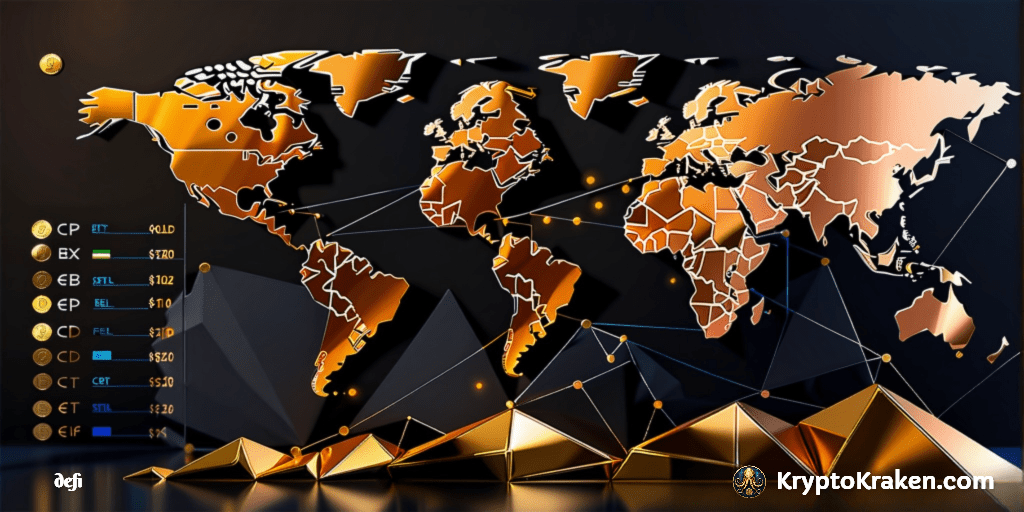
The Growth of DeFi Platforms and Applications
The world of finance is constantly evolving, and the rise of decentralized finance (DeFi) platforms and applications has been one of the most significant developments in recent years. DeFi platforms are built on blockchain technology, which allows for decentralized, peer-to-peer transactions without intermediaries. In this article, we will explore some of the most popular DeFi platforms and applications.
Decentralized Exchanges (DEXs)
Decentralized exchanges (DEXs) are platforms that allow users to trade cryptocurrencies without intermediaries. They run on a decentralized network and use smart contracts to execute trades. DEXs are known for their security, transparency, and anonymity, and they have become an essential part of the DeFi ecosystem. There is also a section in this article about decentralized exchanges.
One of the benefits of DEXs is that they are not controlled by a single entity, which means that they are less vulnerable to hacking and other security breaches. Additionally, because DEXs do not require users to go through a centralized exchange, they offer greater privacy and anonymity. This is particularly appealing to users who are concerned about government surveillance or who simply value their privacy.
Lending and Borrowing Platforms
Lending and borrowing platforms are DeFi platforms that enable users to lend or borrow cryptocurrency without intermediaries like banks. These platforms operate using smart contracts, which automatically execute the lending and borrowing process. They have become increasingly popular in recent years because they offer competitive interest rates and are accessible to anyone with an internet connection.
One of the advantages of lending and borrowing platforms is that they allow users to earn interest on their cryptocurrency holdings. This is particularly appealing to investors who are looking for ways to generate passive income. Additionally, because these platforms are decentralized, they are not subject to the same regulations and restrictions as traditional banks, which means that they can offer more flexible lending and borrowing terms.
Stablecoins and Synthetic Assets
Stablecoins and synthetic assets are digital assets that are pegged to the value of traditional assets like fiat currencies, commodities, or other cryptocurrencies. Stablecoins provide stability in the volatile cryptocurrency market, while synthetic assets enable users to access financial instruments that they might not be able to access otherwise.
Stablecoins are particularly useful for traders who want to avoid the volatility of the cryptocurrency market. By pegging the value of a digital asset to a traditional asset like a fiat currency, stablecoins provide a level of stability that is not available with other cryptocurrencies. Synthetic assets, on the other hand, allow users to gain exposure to financial instruments like stocks or commodities without actually owning them.
Yield Farming and Liquidity Mining
Yield farming and liquidity mining are DeFi practices that allow users to earn rewards for providing liquidity to DeFi platforms. Yield farming involves staking cryptocurrencies on a platform and earning rewards in return, while liquidity mining involves contributing to a liquidity pool and earning rewards based on the number of coins provided.
Yield farming and liquidity mining have become increasingly popular in recent years because they offer users a way to earn passive income on their cryptocurrency holdings. Additionally, because these practices are decentralized, they are not subject to the same regulations and restrictions as traditional financial institutions, which means that they can offer higher rewards to users.
In conclusion, DeFi platforms and applications have revolutionized the world of finance by providing users with greater privacy, security, and flexibility. Whether you are a trader, investor, or simply someone who is interested in exploring the world of cryptocurrency, DeFi platforms and applications offer a wide range of opportunities to get involved.
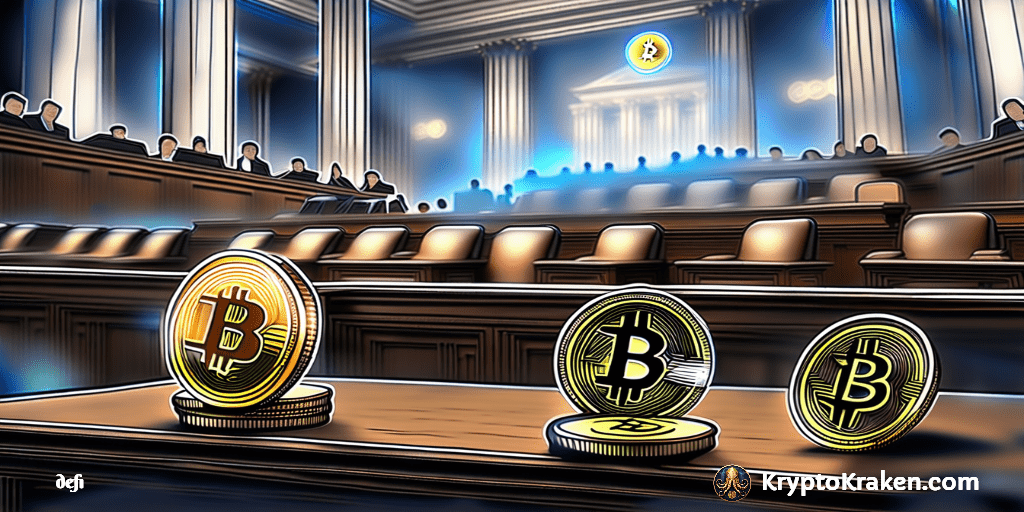
Challenges and Risks in DeFi
Decentralized Finance (DeFi) has emerged as a revolutionary concept in the world of finance. It is built on decentralized networks, allowing for peer-to-peer transactions without the need for intermediaries. However, like any new technology, DeFi comes with its own set of challenges and risks that need to be addressed to ensure its long-term success.
Security and Smart Contract Vulnerabilities
One of the primary challenges facing DeFi is security. Since DeFi platforms are built on decentralized networks, they are vulnerable to smart contract vulnerabilities and other security breaches. These vulnerabilities are often exploited by hackers, resulting in significant financial losses for users of the platform. DeFi platforms need to implement robust security measures to protect their users from such attacks.
Moreover, DeFi platforms need to conduct regular security audits to identify and address any vulnerabilities in their smart contracts. They should also provide insurance coverage to their users to mitigate the financial losses in case of any security breaches.
Regulatory and Compliance Issues
DeFi is largely unregulated, which has led to regulatory and compliance challenges. This lack of regulation makes it difficult for DeFi platforms to comply with the existing financial regulations, which could lead to legal challenges in the future. As the DeFi ecosystem grows, regulators are likely to take notice, and there is a possibility that they may impose regulations on DeFi platforms.
Therefore, DeFi platforms need to be proactive in complying with the existing regulations and work with regulators to develop a regulatory framework that is suitable for DeFi.
Scalability and Interoperability
As the number of users and applications on the DeFi ecosystem grows, scalability and interoperability have become major challenges. Ethereum, the most popular blockchain powering DeFi, has faced issues with scalability due to its limited capacity, and interoperability between different blockchain networks remains a significant challenge. This has resulted in high transaction fees and slow transaction processing times, which can discourage users from using DeFi platforms.
DeFi platforms need to explore new technologies, such as layer 2 solutions and sharding, to address the scalability issue. They also need to work on developing interoperability protocols that allow for seamless transactions between different blockchain networks.
Centralization Concerns
Another challenge facing DeFi is the issue of centralization. While DeFi is designed to be decentralized, some platforms still rely on centralized infrastructure, which can undermine the security and transparency of the network. Centralized infrastructure also makes the platform vulnerable to censorship and control by a single entity.
Therefore, DeFi platforms need to ensure that their infrastructure is decentralized and transparent. They should also adopt governance models that allow for community participation in decision-making.
In conclusion, while DeFi has the potential to revolutionize the world of finance, it comes with its own set of challenges and risks. DeFi platforms need to address these challenges to ensure the long-term success of the ecosystem.
Innovations Shaping the Future of DeFi
Layer 2 Solutions and Scaling
Layer 2 solutions and scaling technologies are being developed to address the scalability challenges of DeFi. These solutions aim to improve the capacity of existing blockchains, allowing them to process more transactions per second and handle the increasing influx of users.
Cross-Chain Integration
Cross-chain integration enables users to transfer assets between different blockchain networks, improving interoperability and increasing the flexibility of DeFi platforms. It allows users to access a wider variety of financial instruments, improving the overall user experience.
Decentralized Autonomous Organizations (DAOs)
Decentralized Autonomous Organizations (DAOs) are organizations that are run by smart contracts and are controlled by their members. They enable decentralized decision-making and offer a more transparent and democratic approach to governance, which could improve the governance of DeFi platforms.
Integration with Traditional Finance
As DeFi continues to grow, it is becoming increasingly important to integrate it with the traditional financial system. This integration would enable users to access a wider range of financial services and tap into the liquidity of traditional markets, bringing more legitimacy to DeFi.
Conclusion
The future of DeFi is bright, despite the challenges and risks it faces. As new solutions and innovations emerge, DeFi is becoming increasingly accessible to everyone, paving the way for a more inclusive and democratic financial system. DeFi has the potential to revolutionize the financial industry and provide financial services to people who were excluded from traditional finance. While there is still a long way to go, the growth and innovations in DeFi show that it is an area worth watching closely in the coming years.



